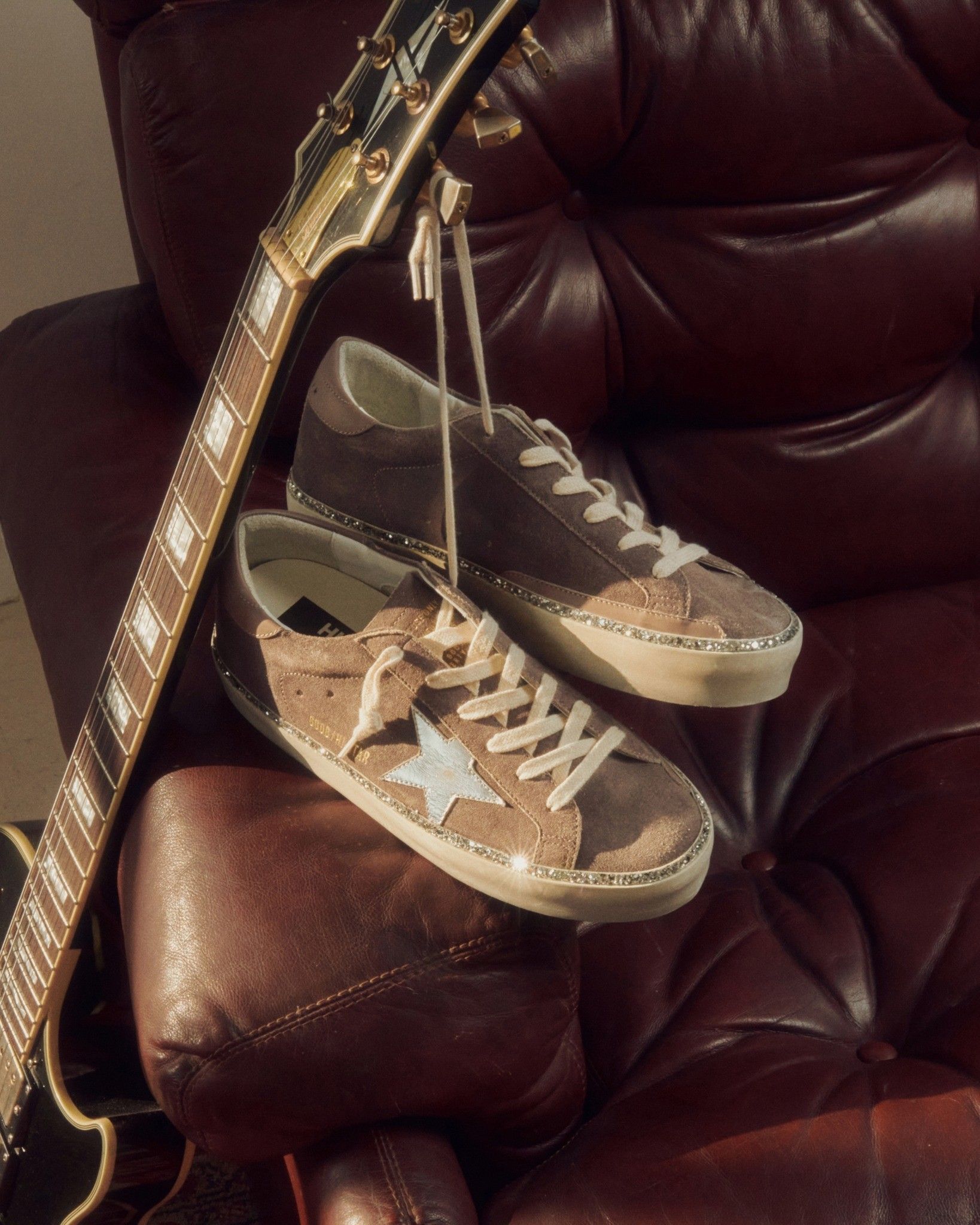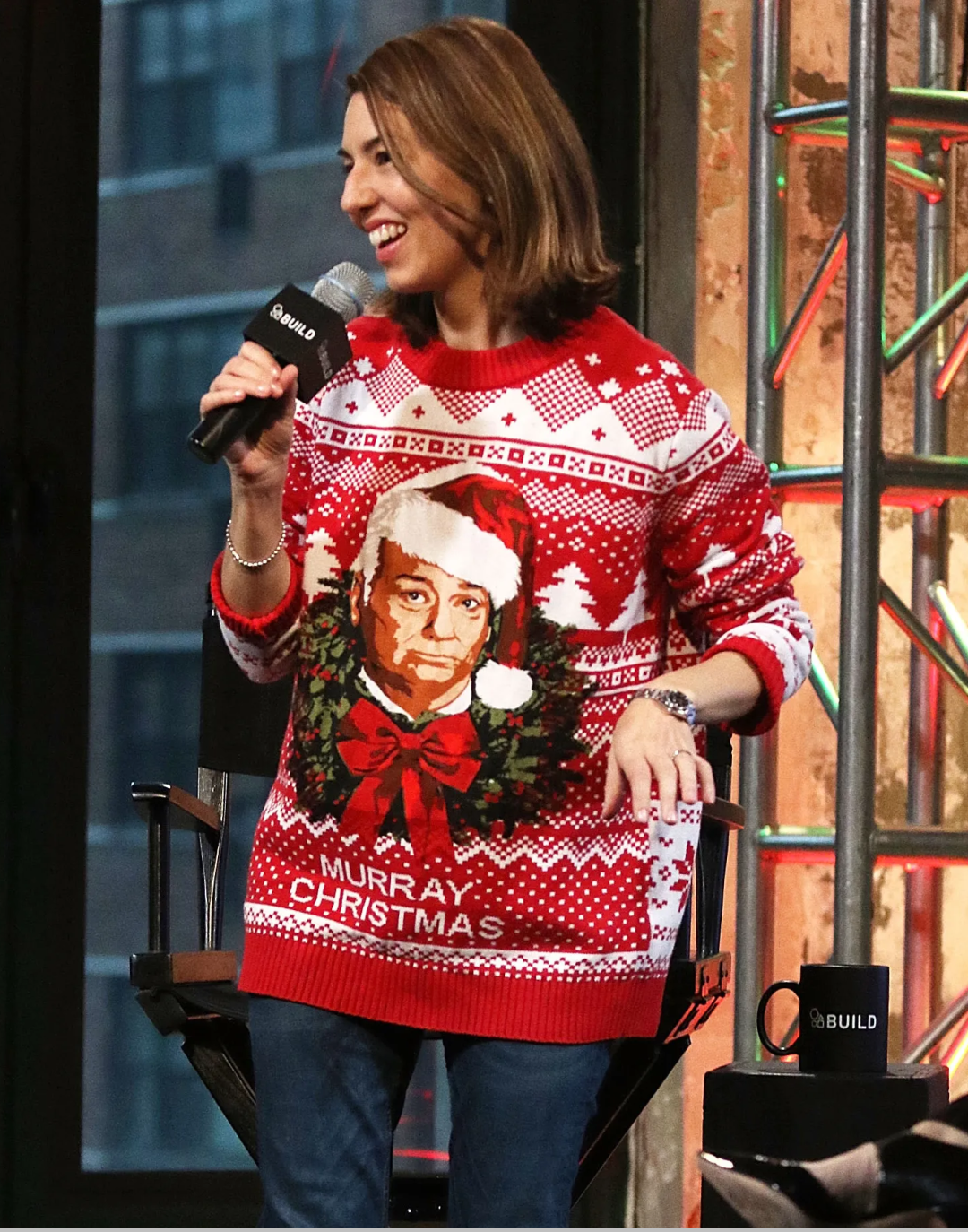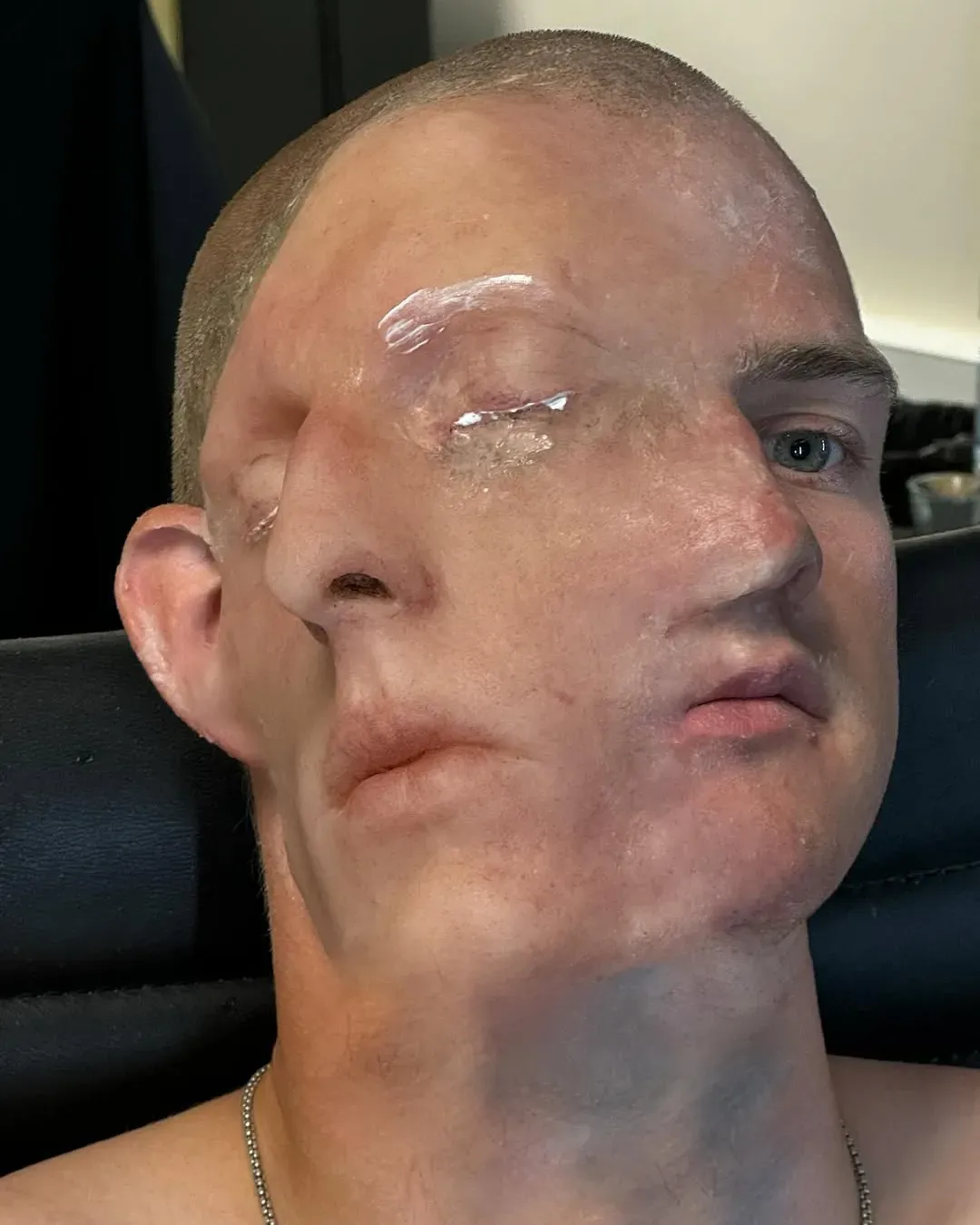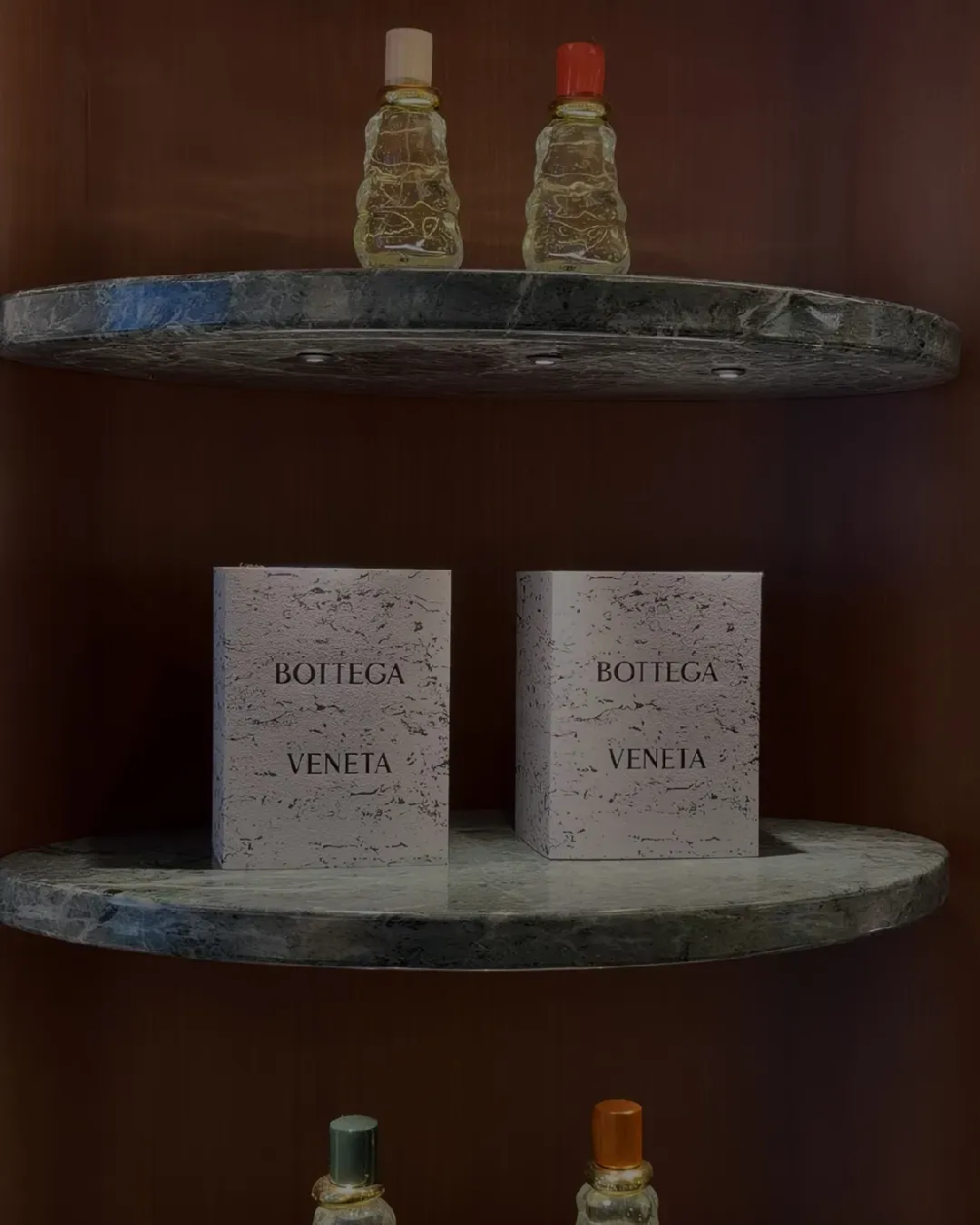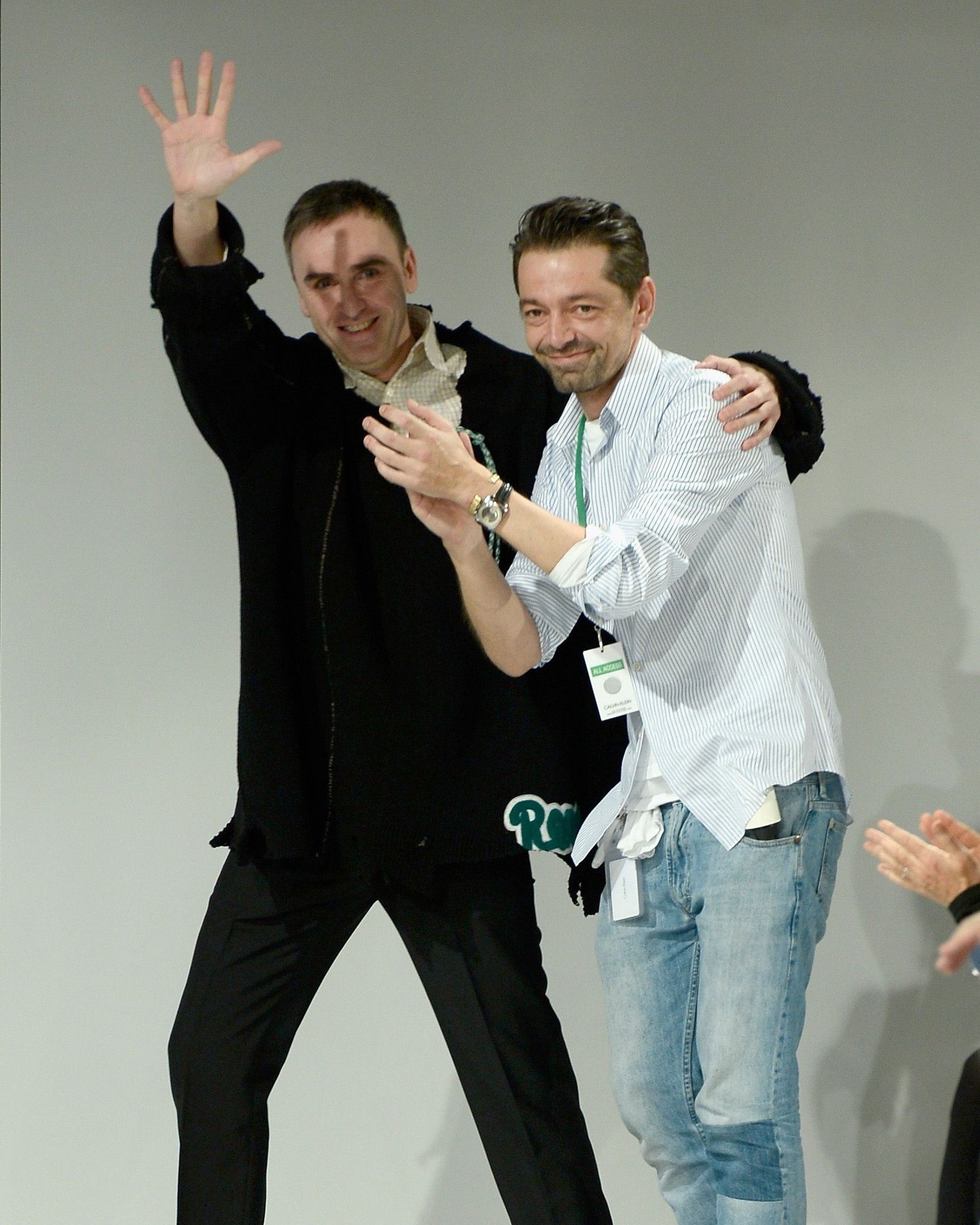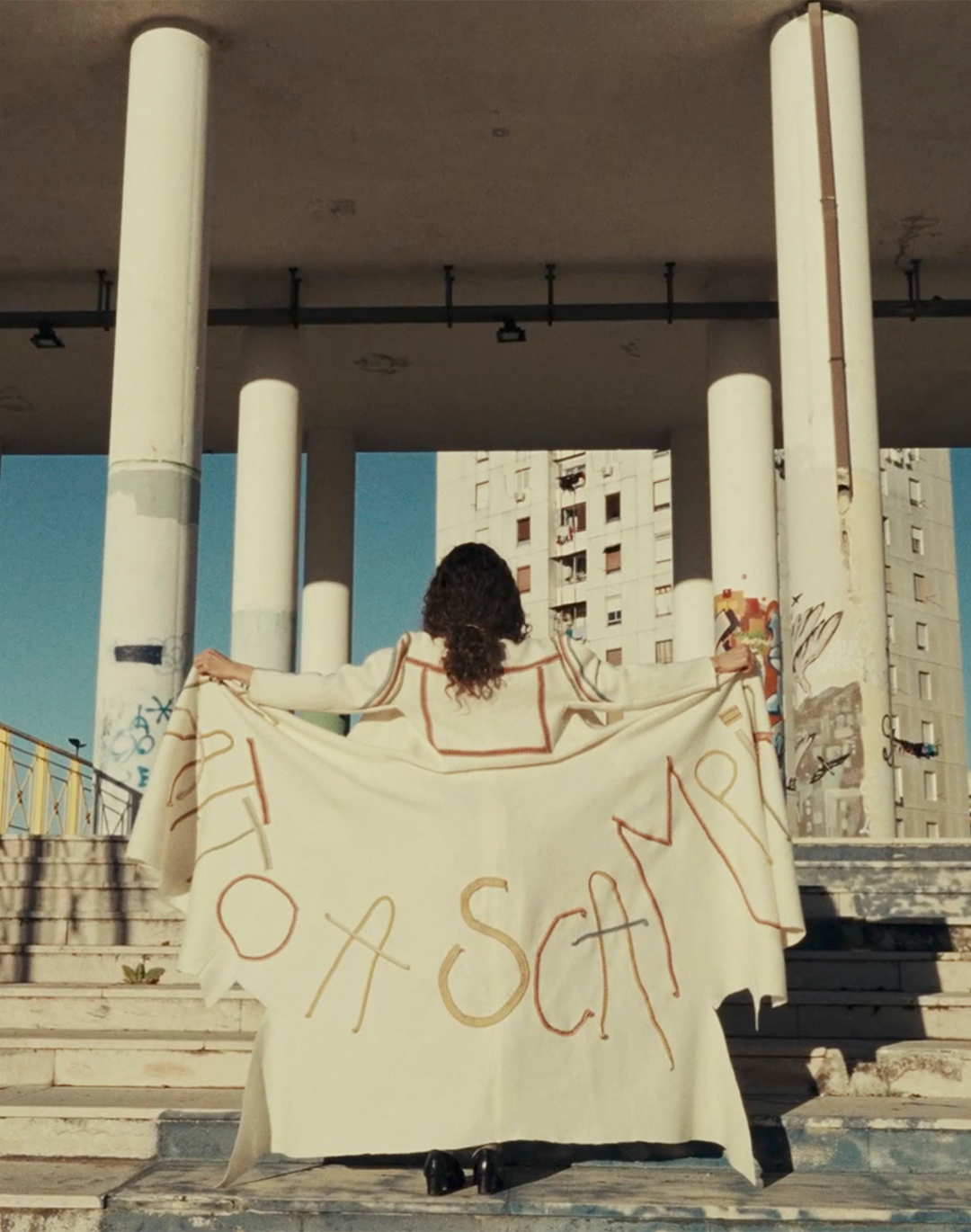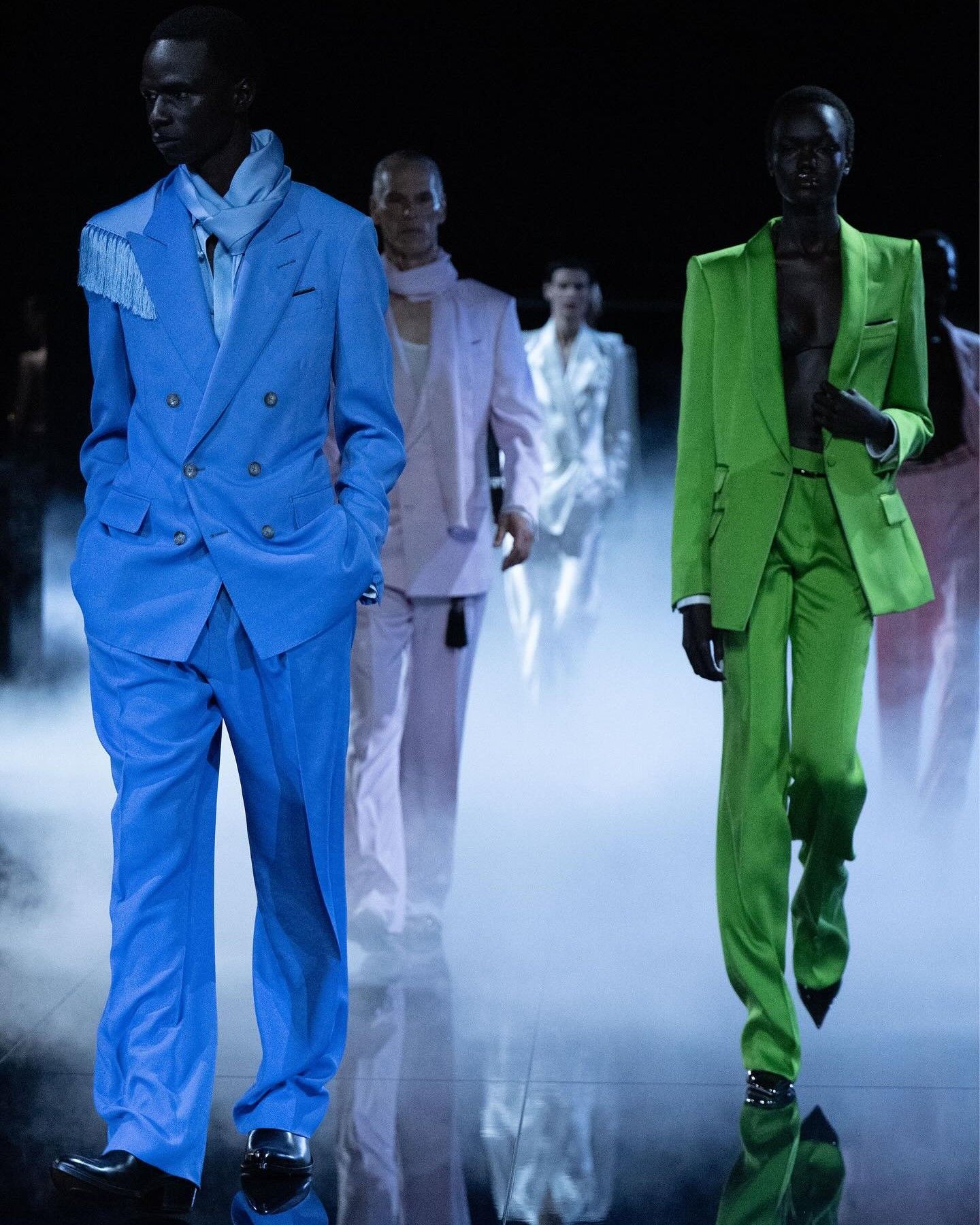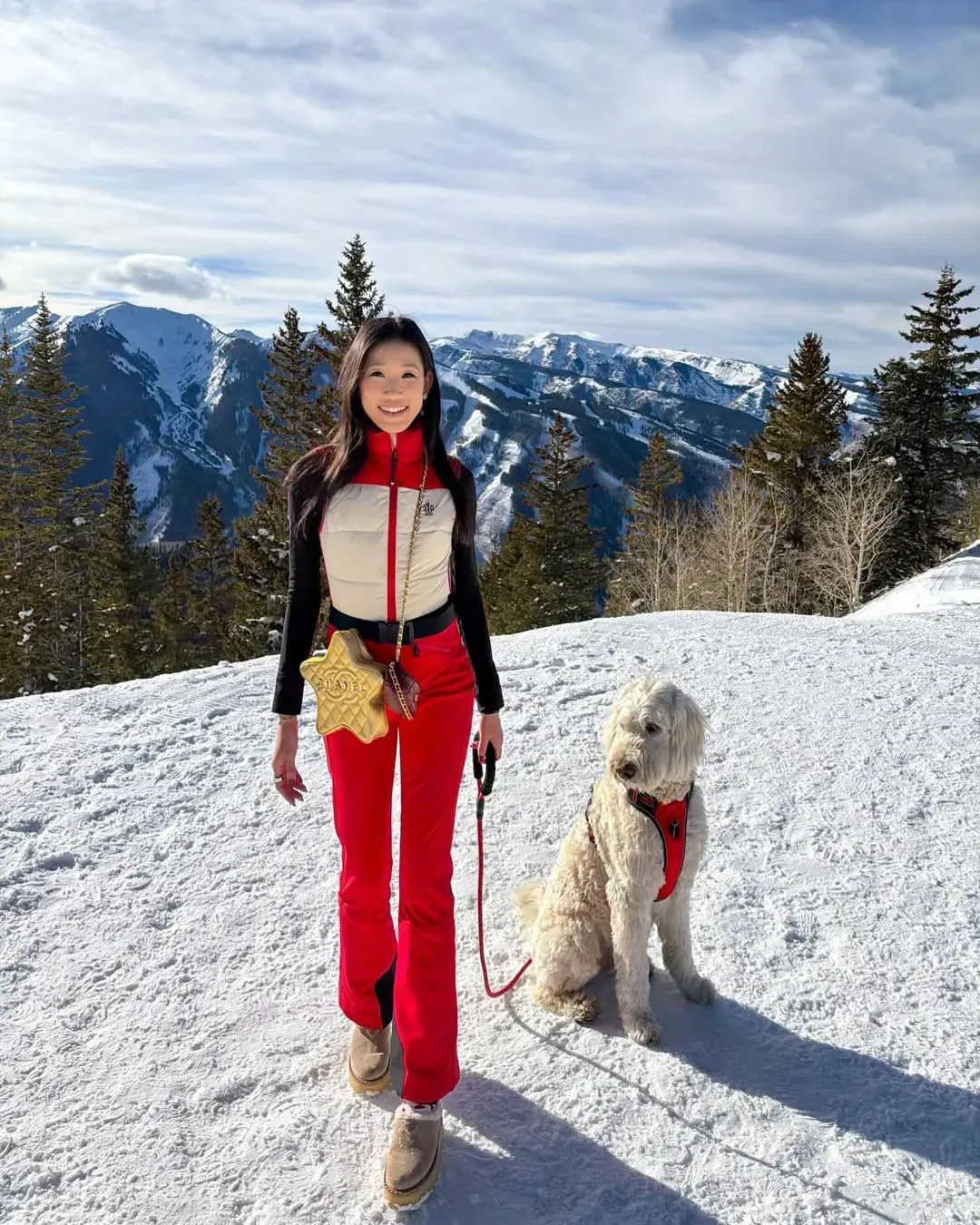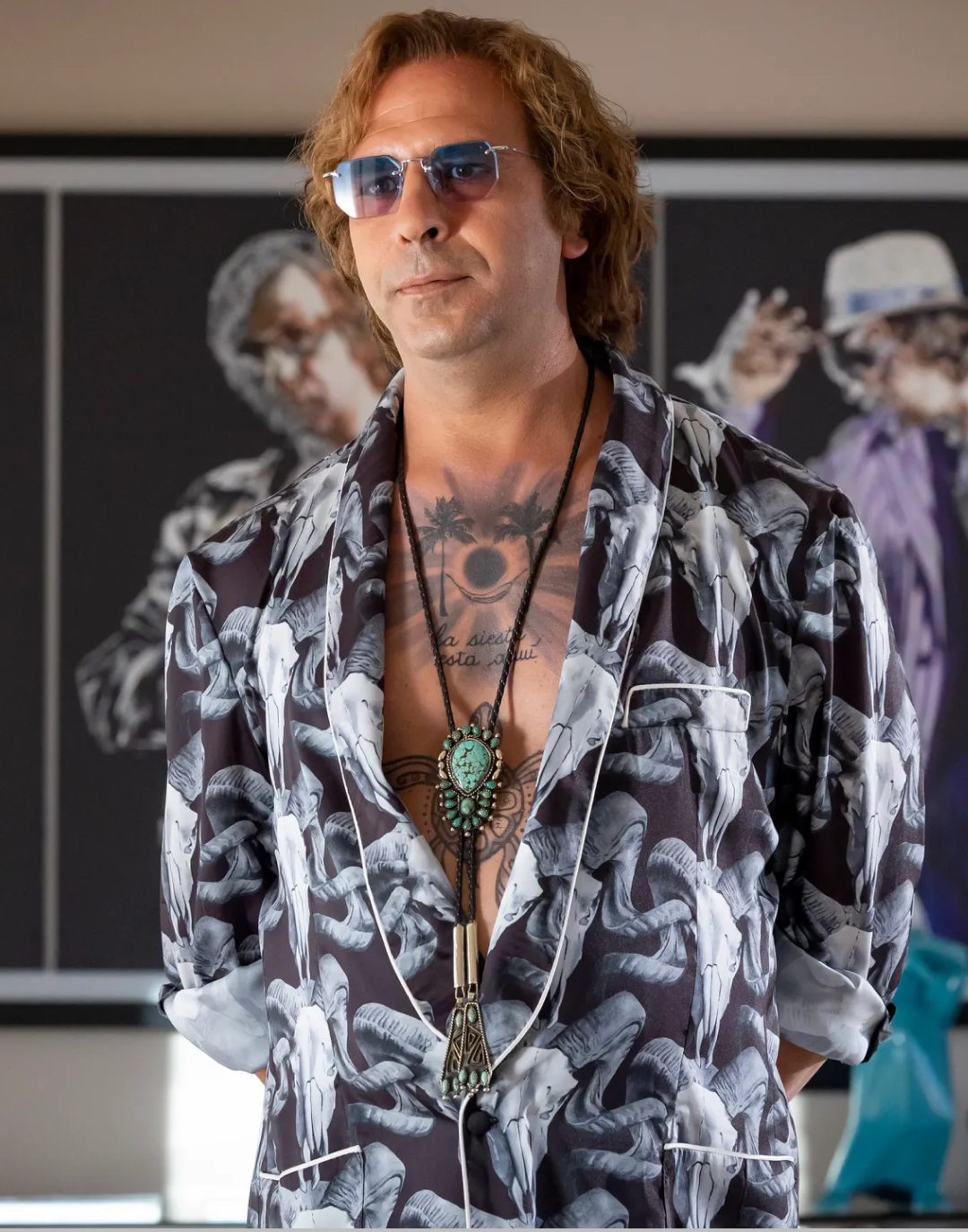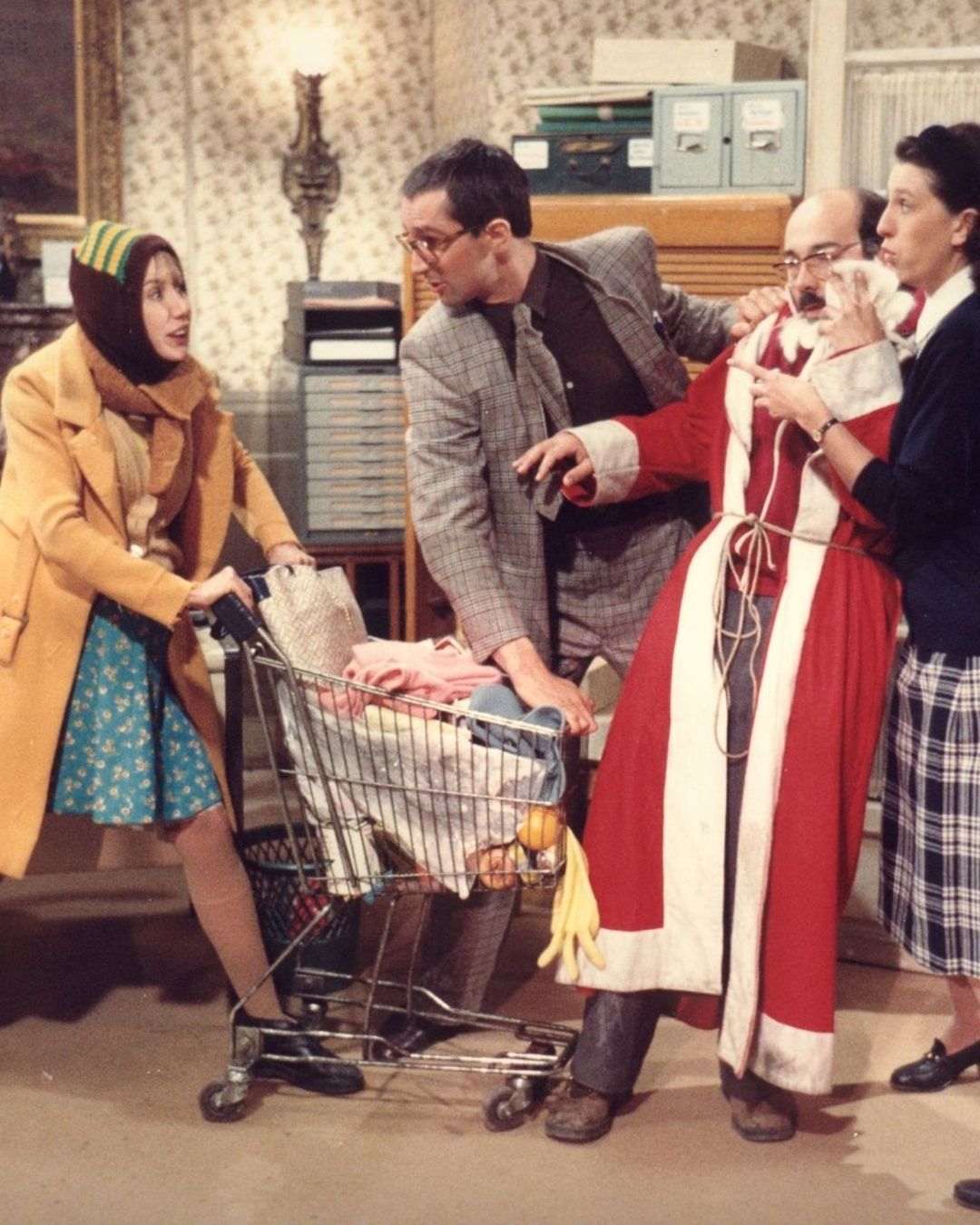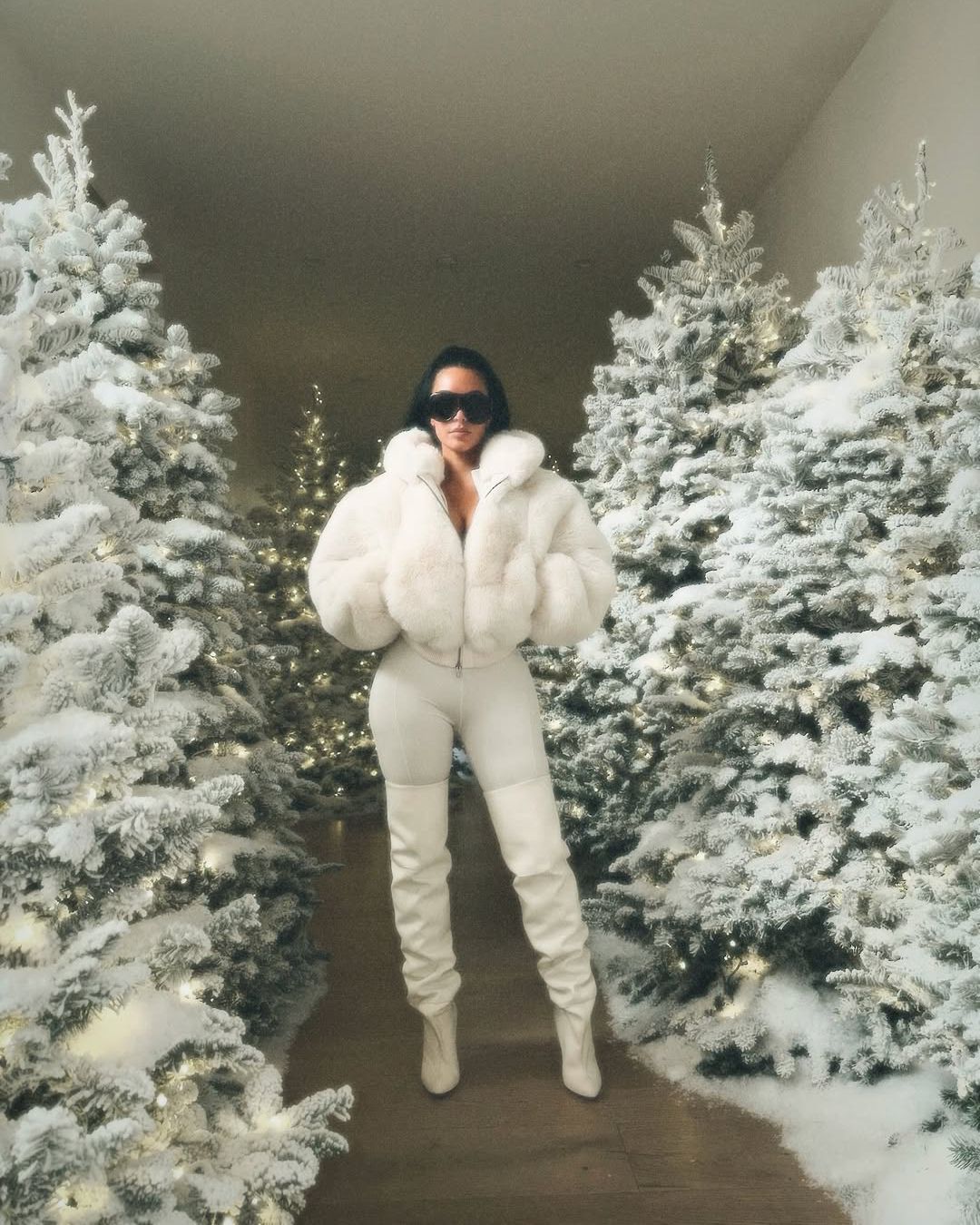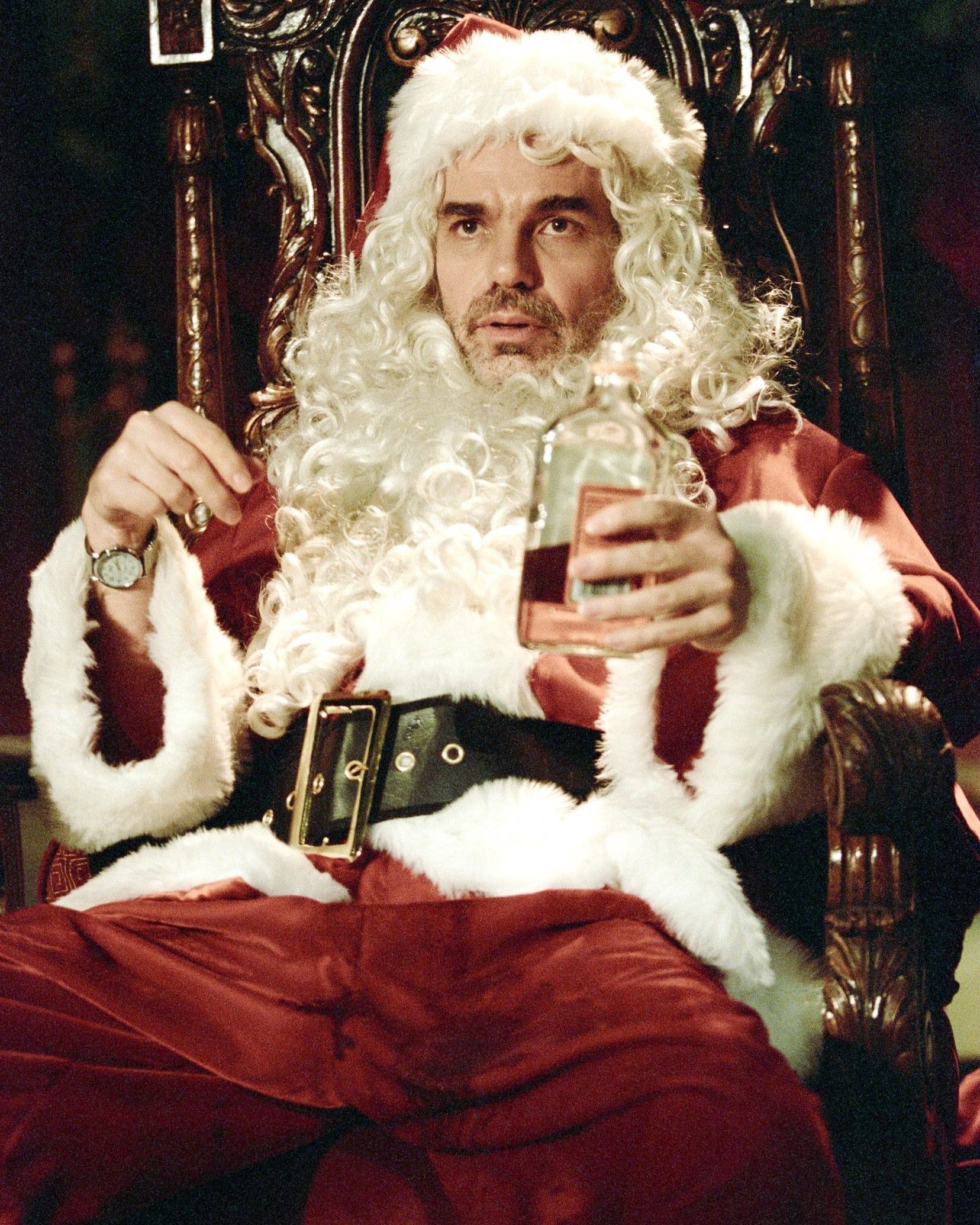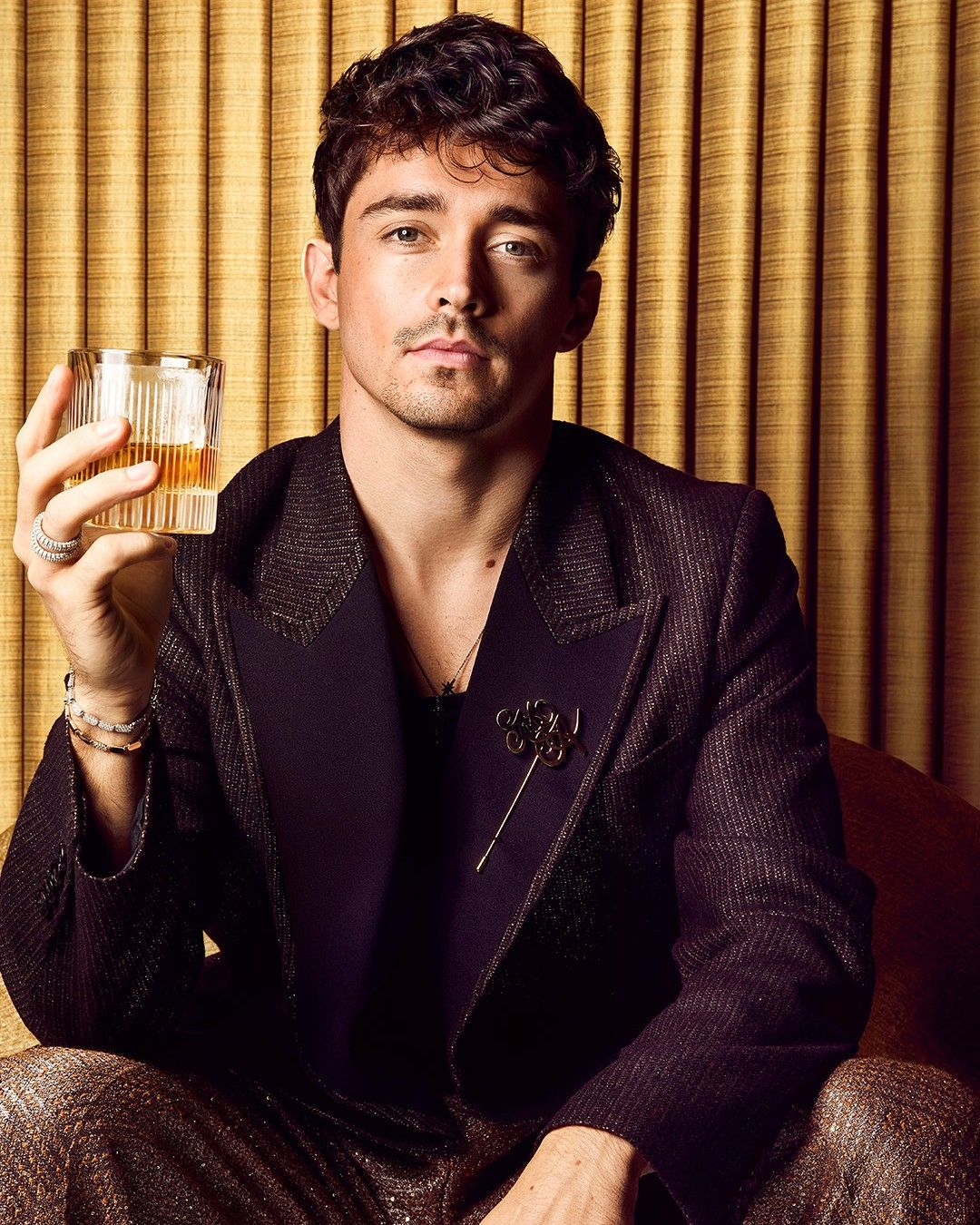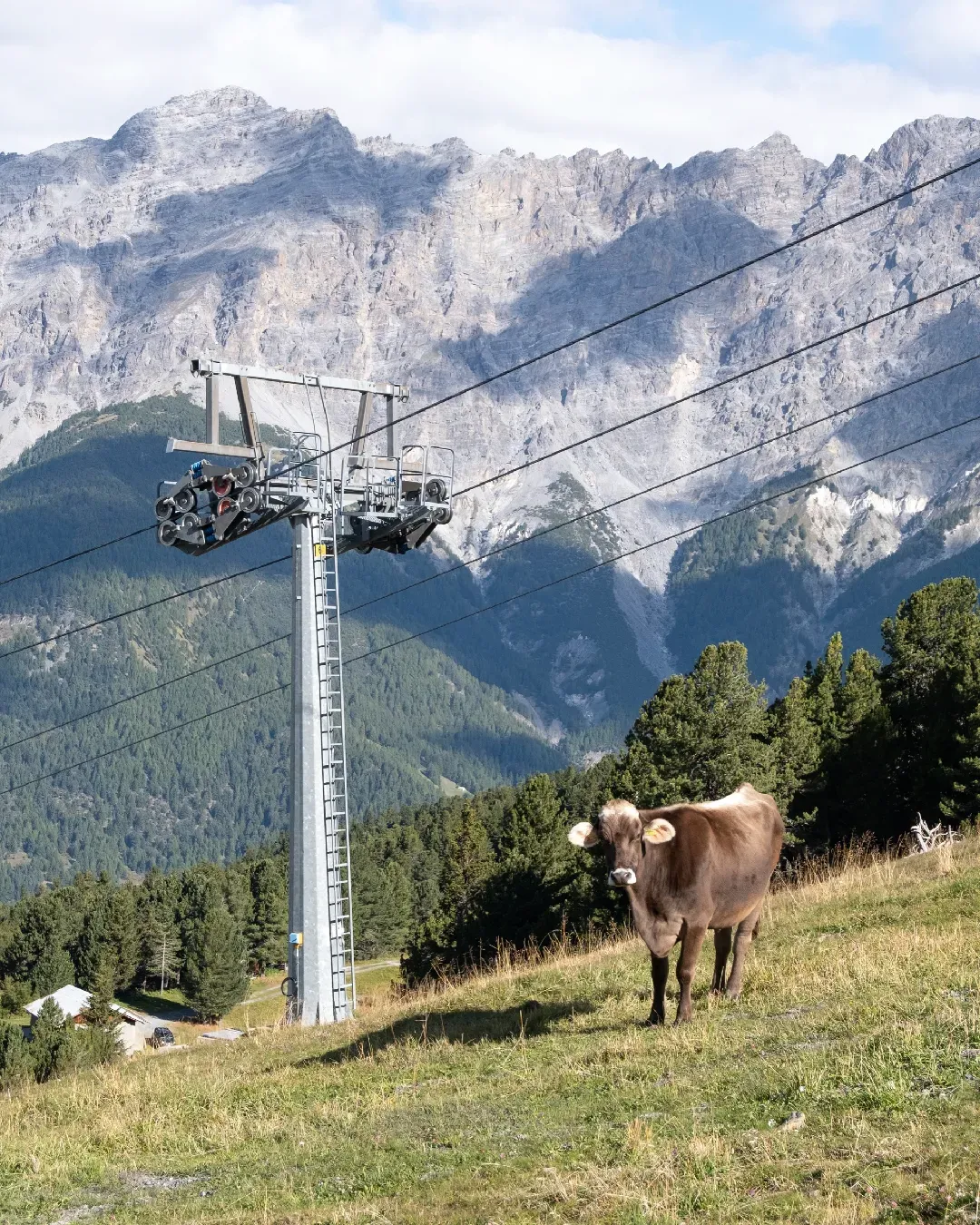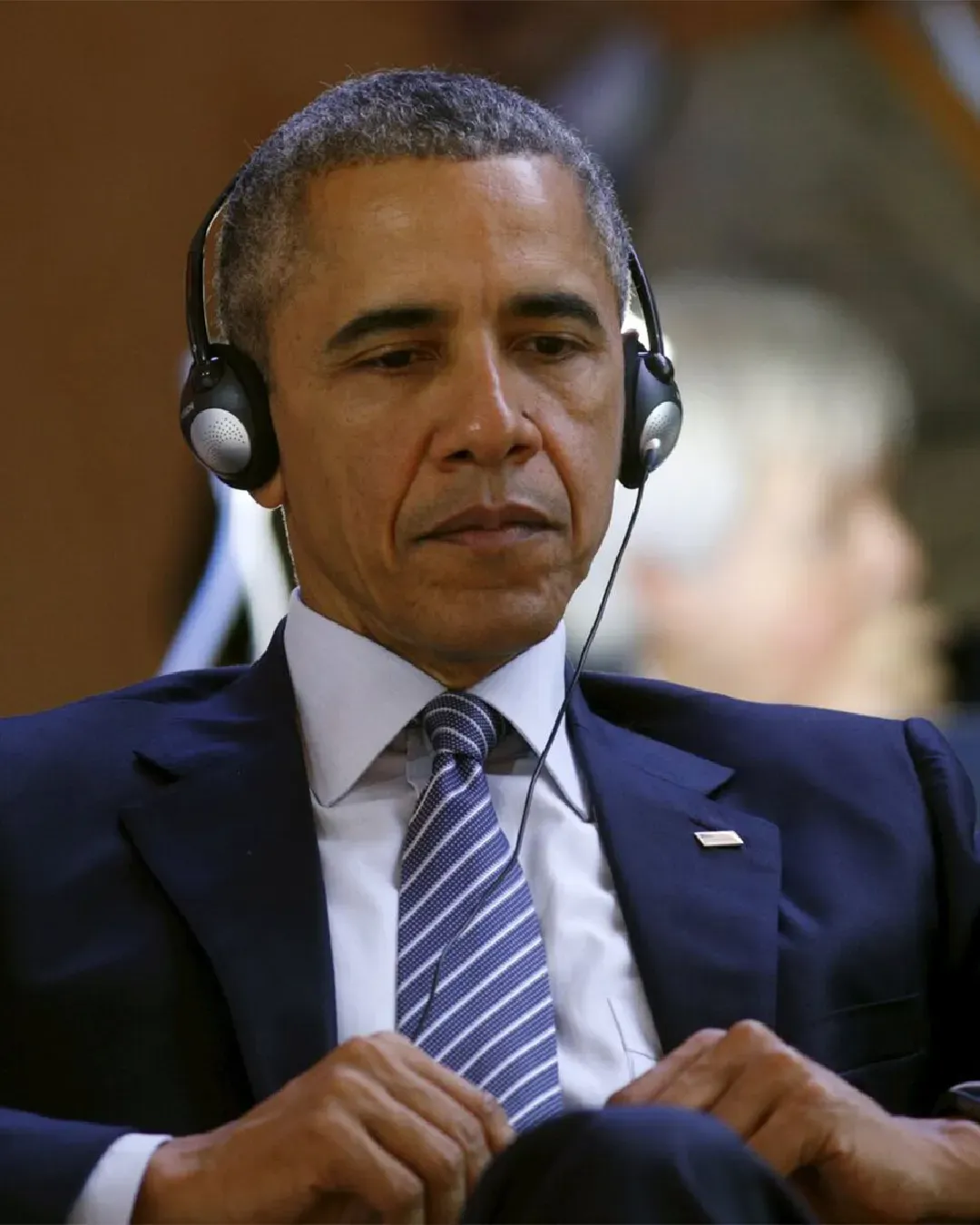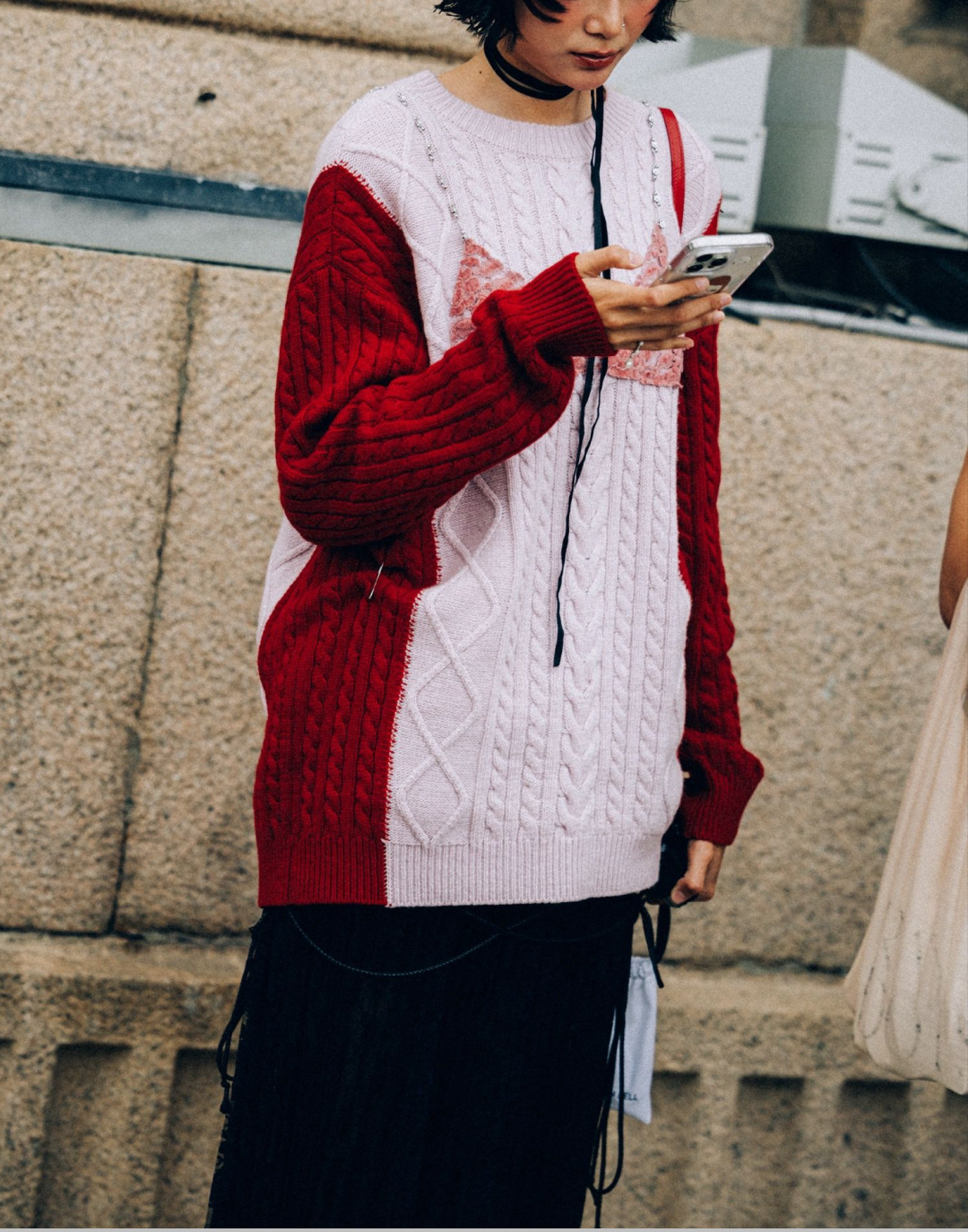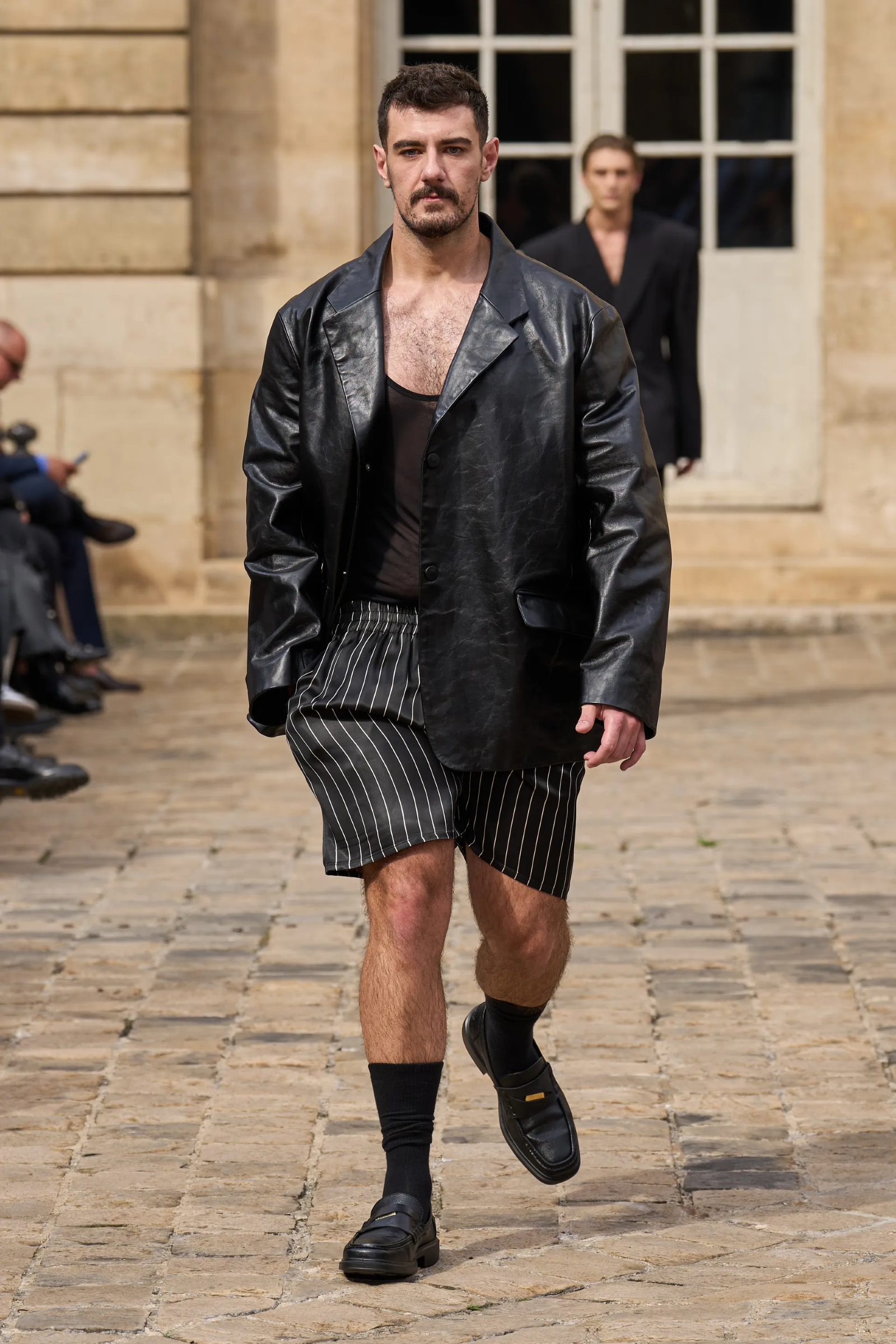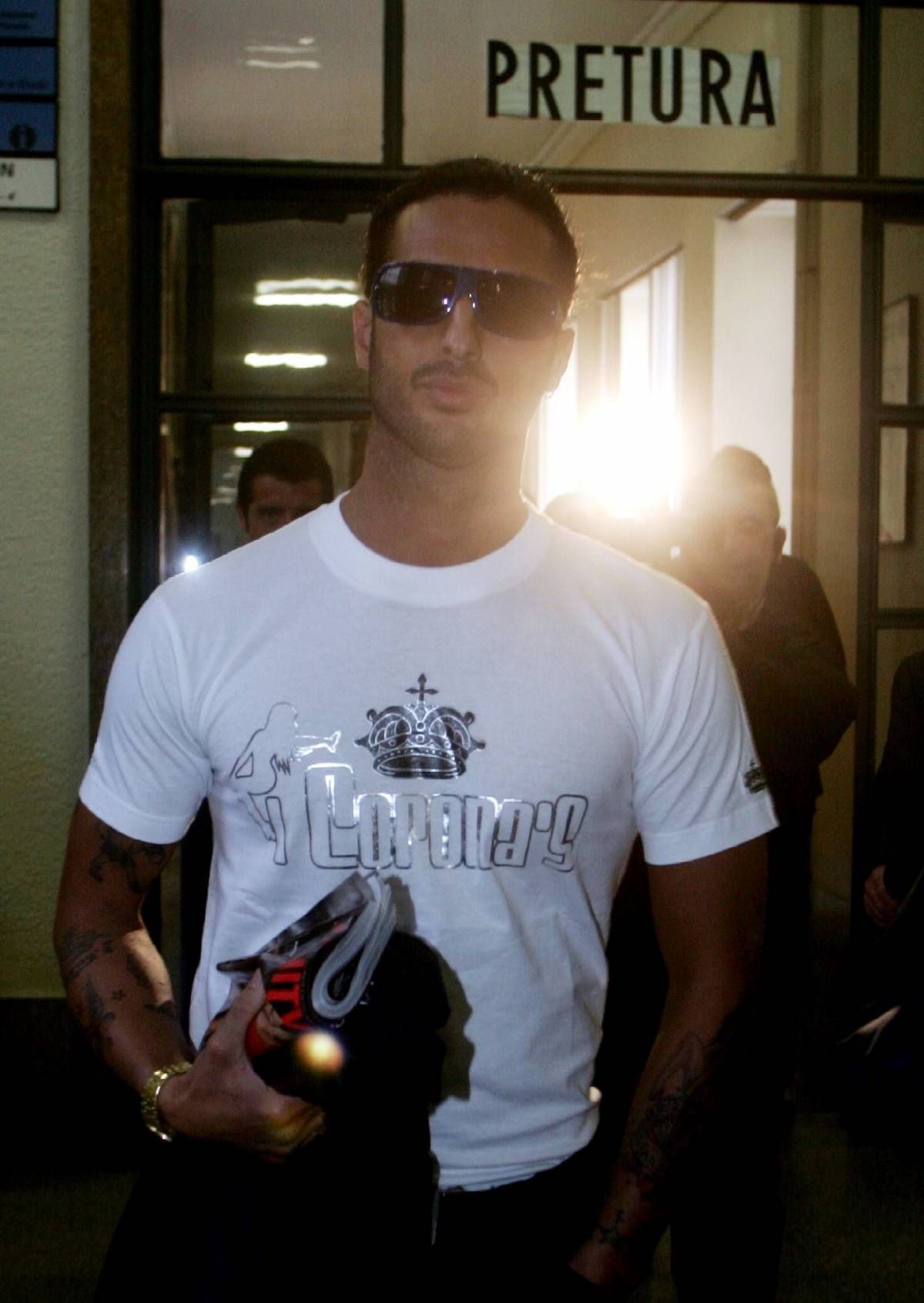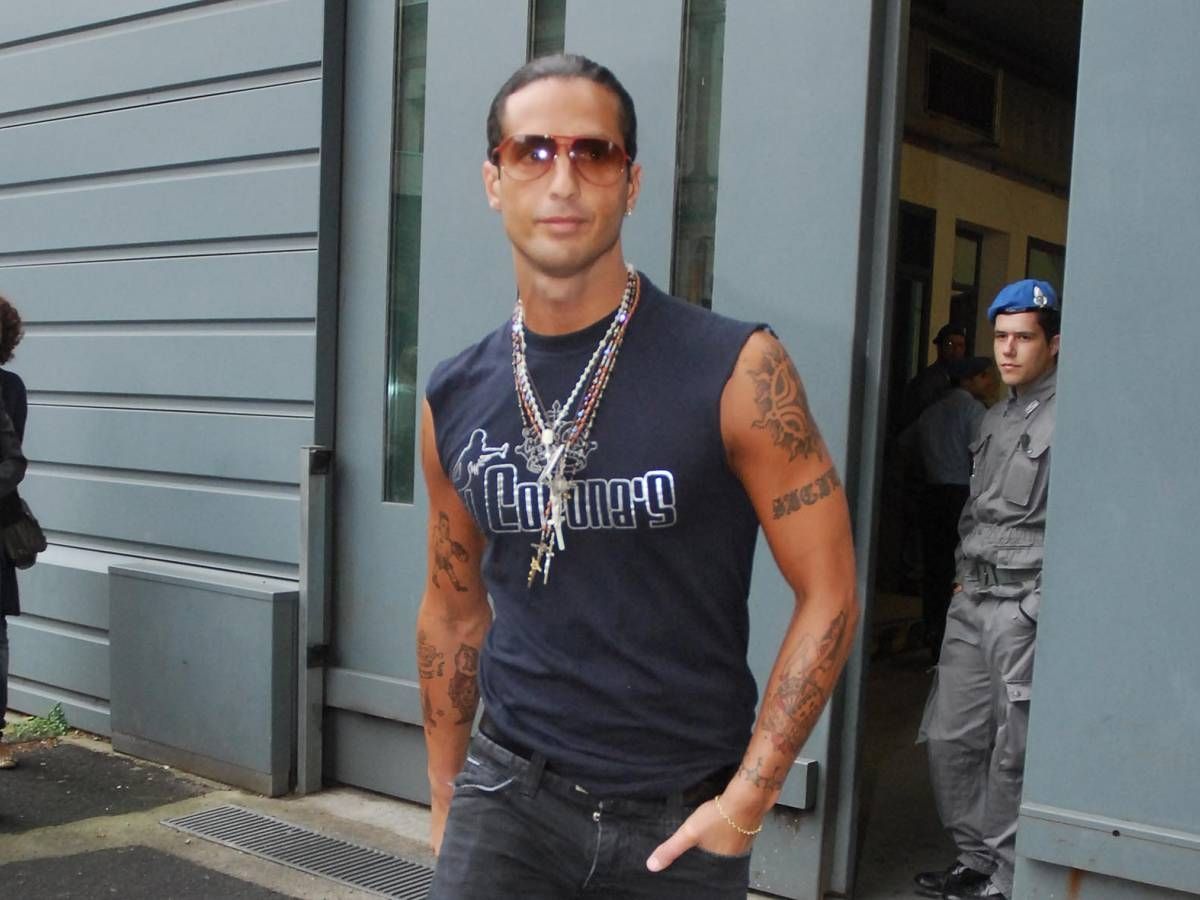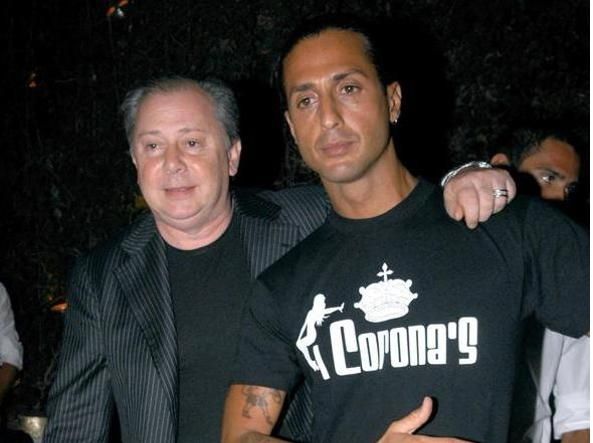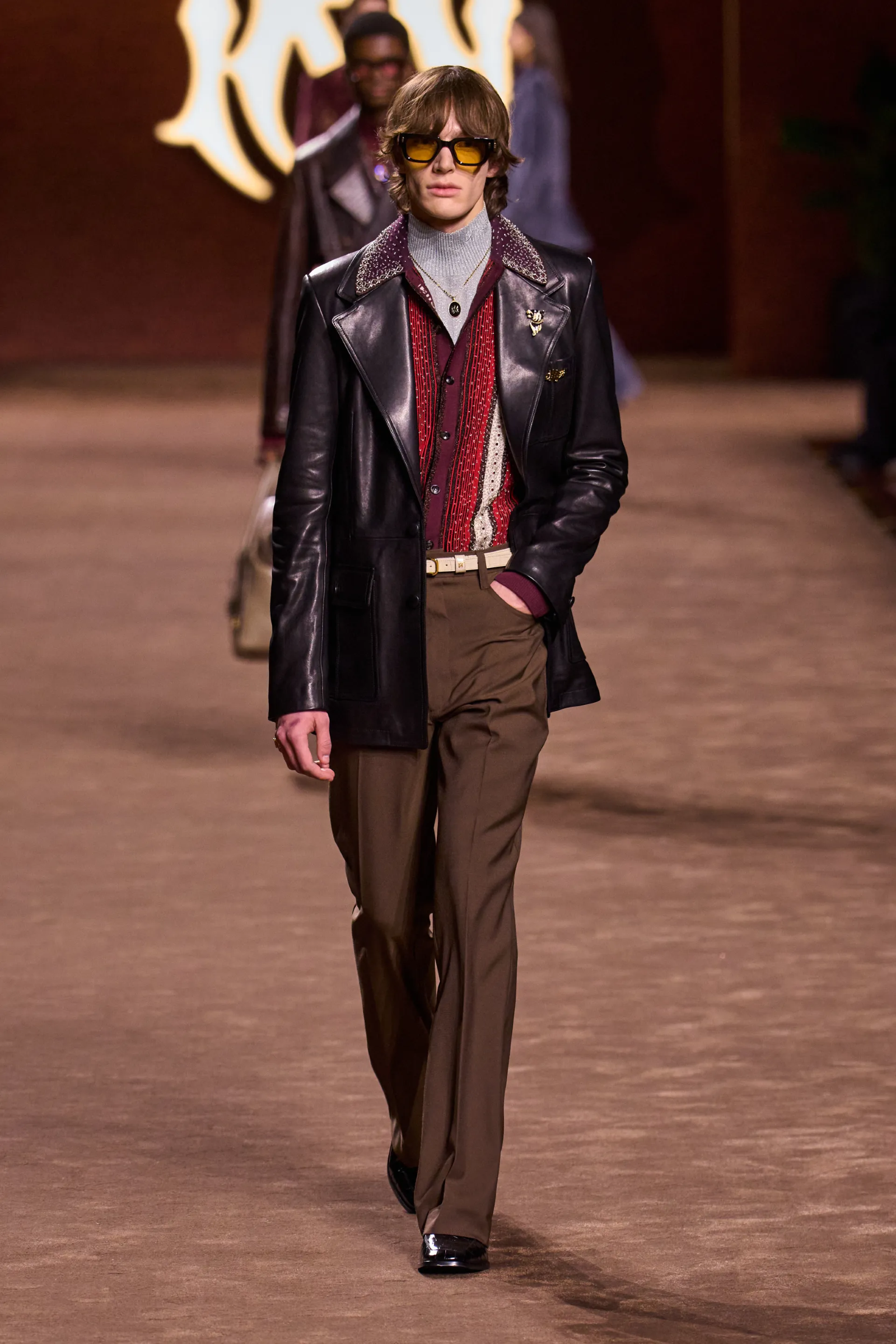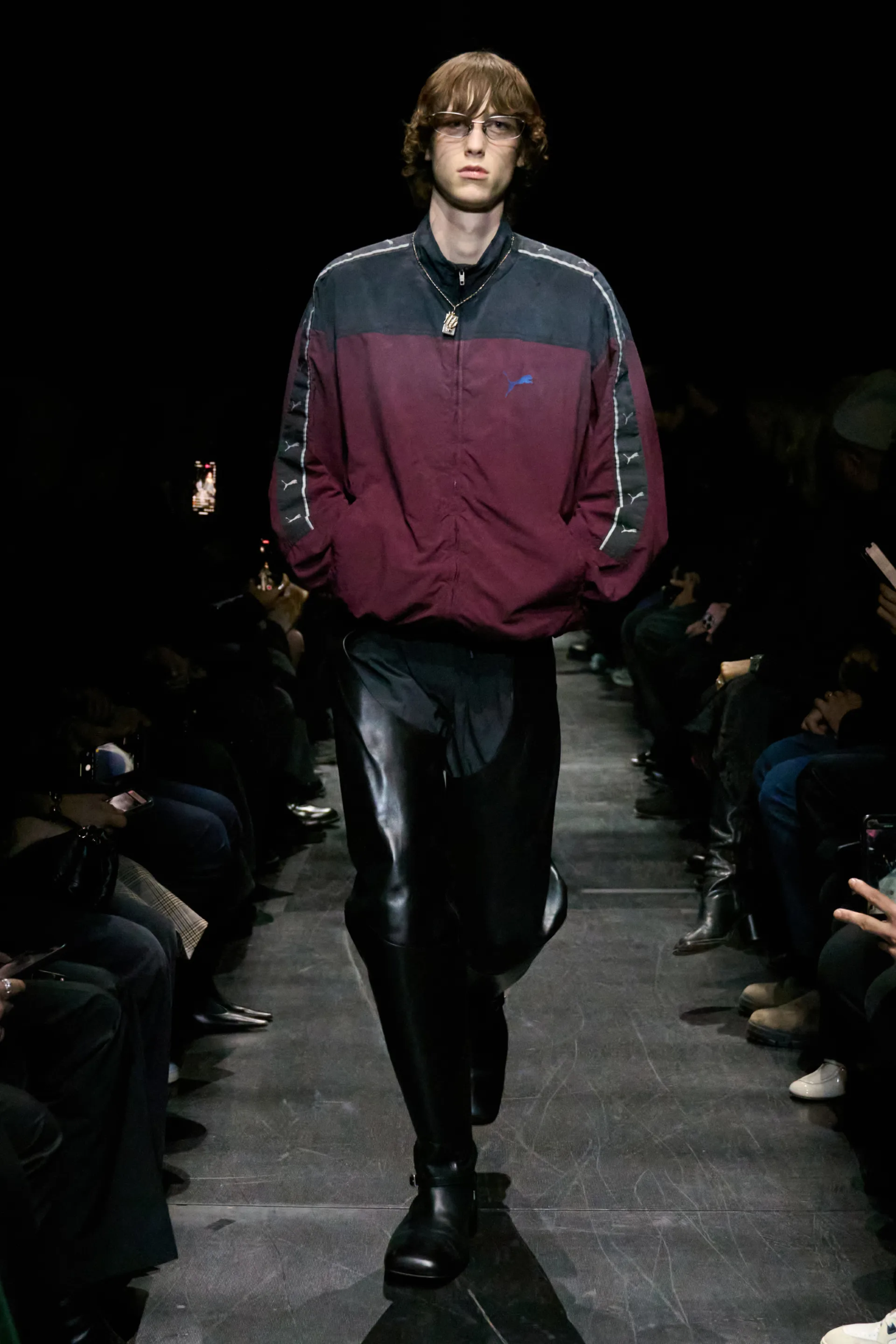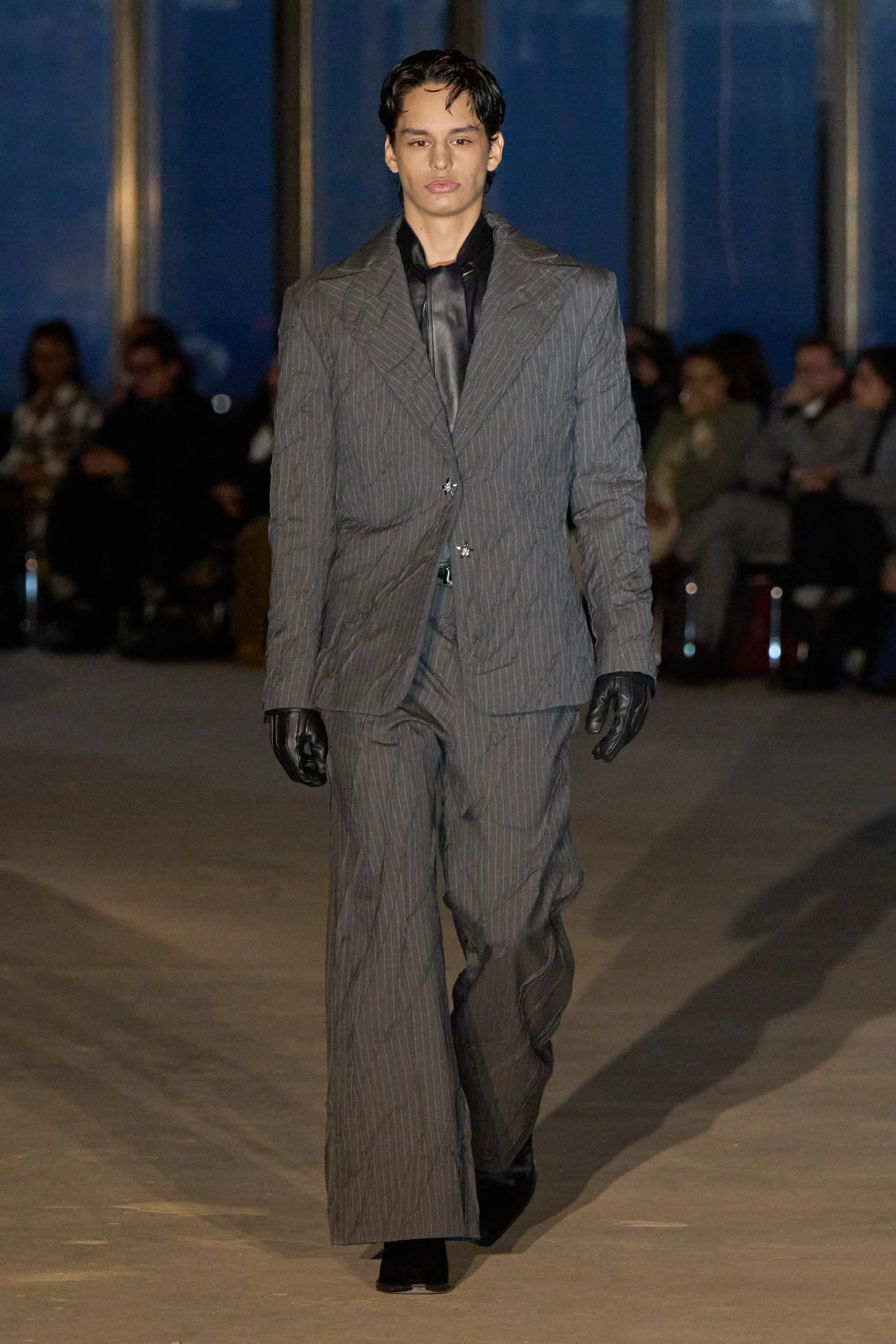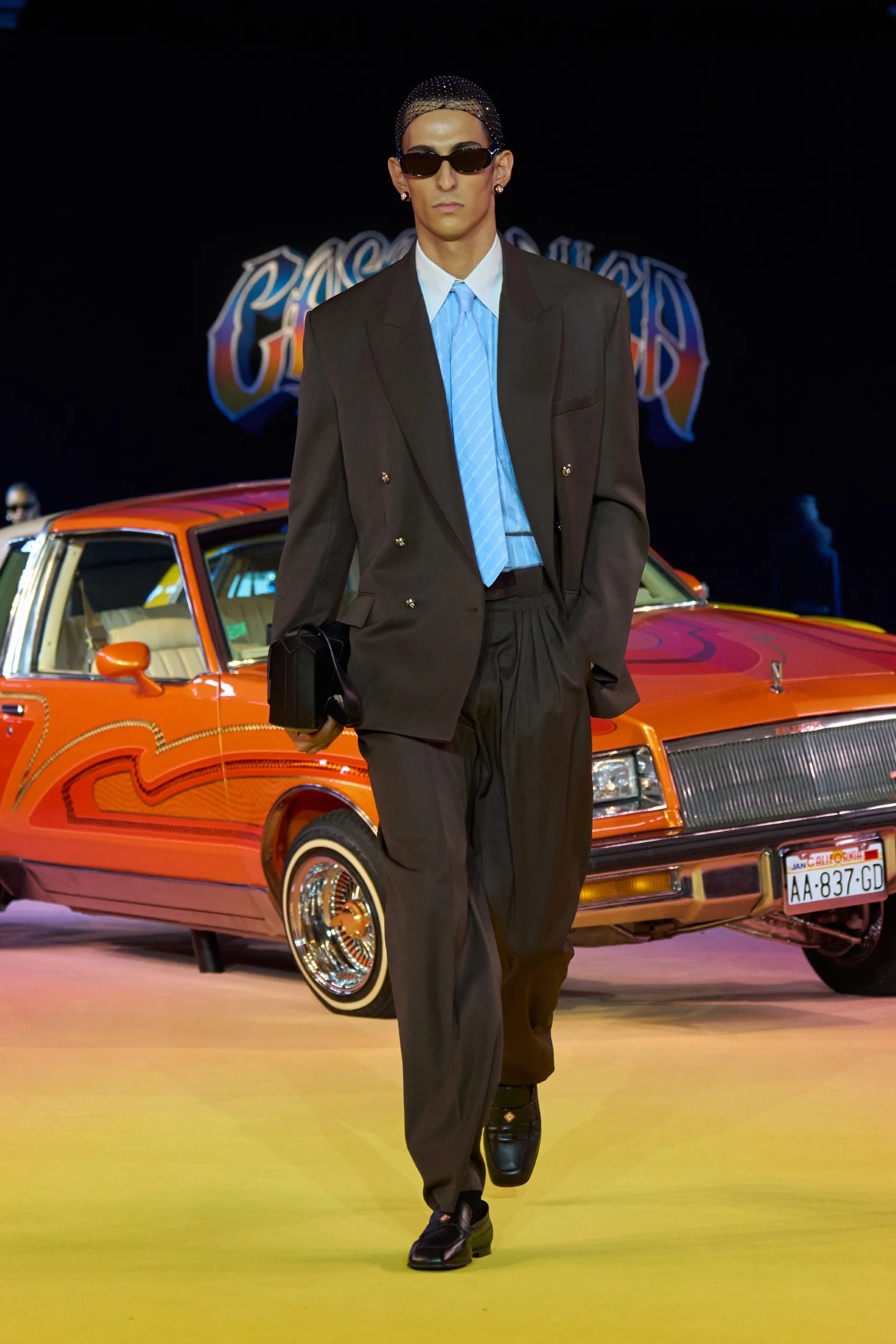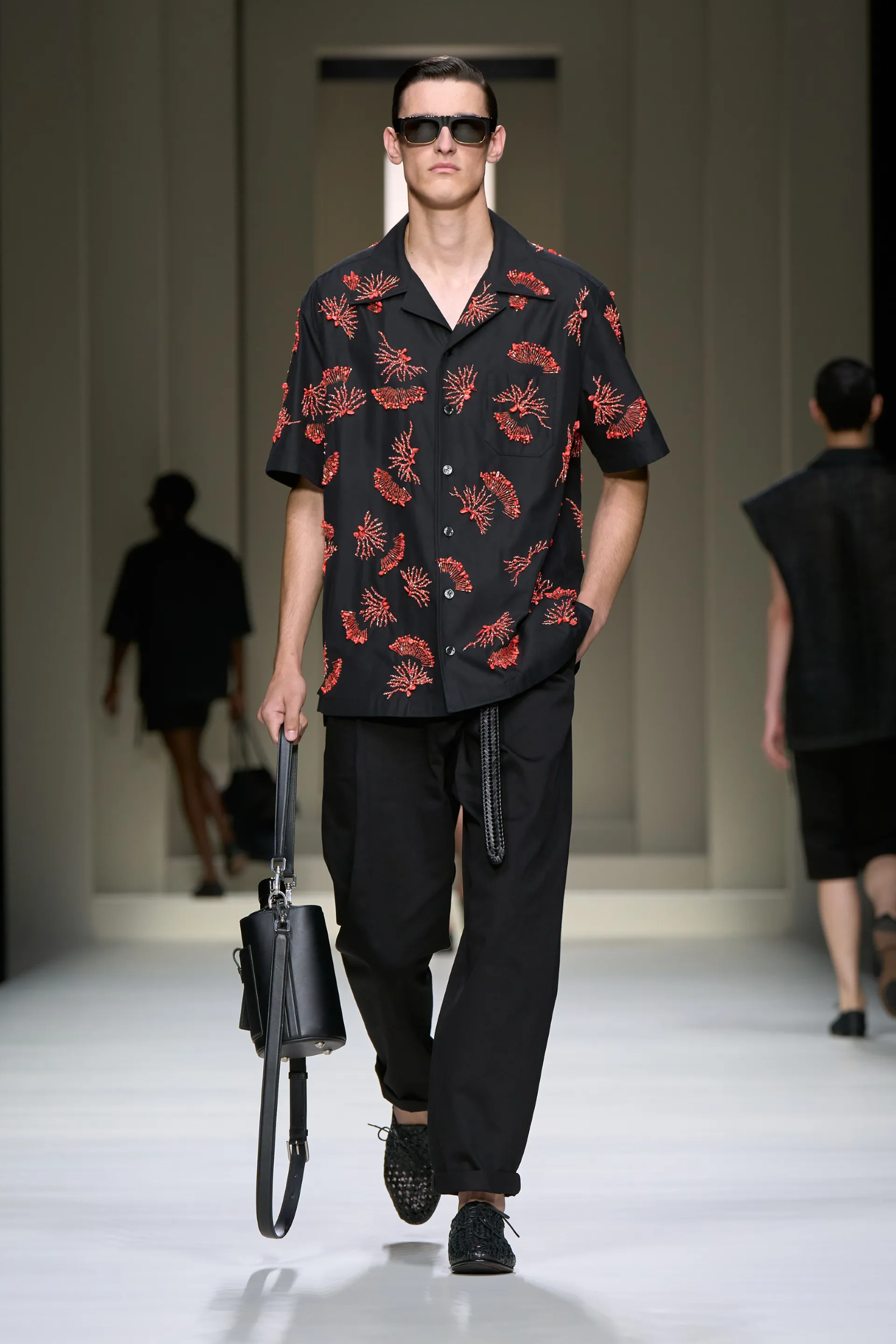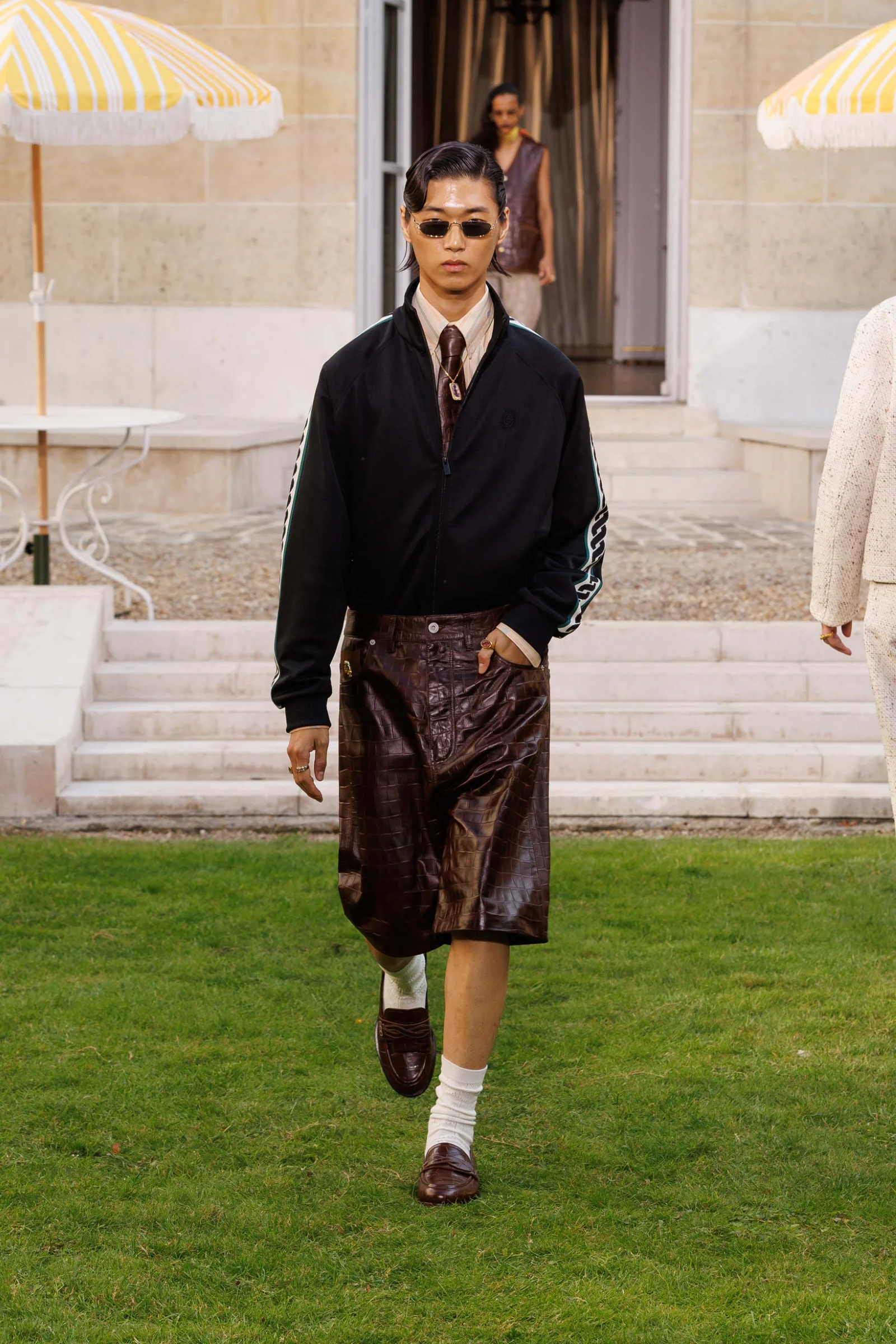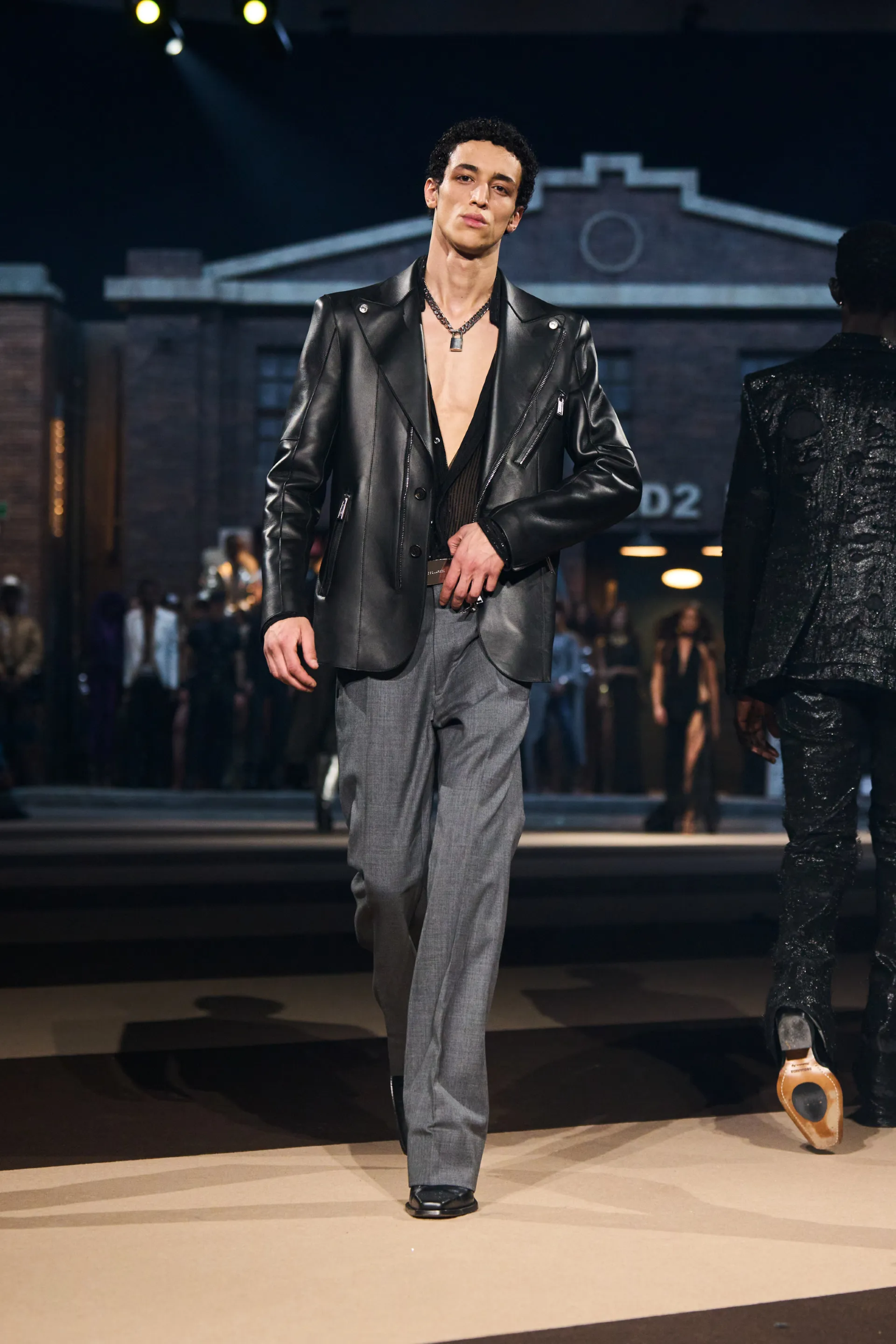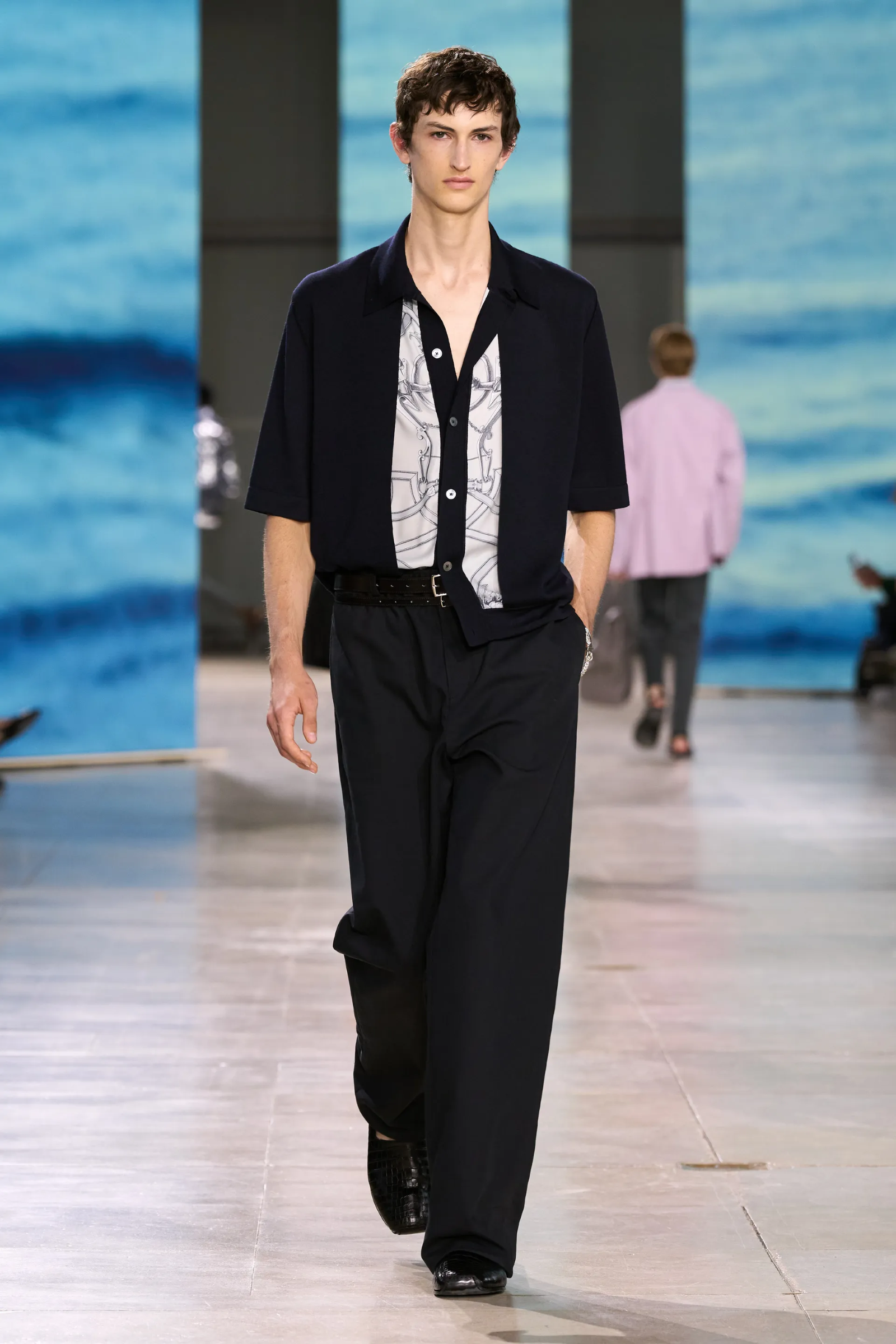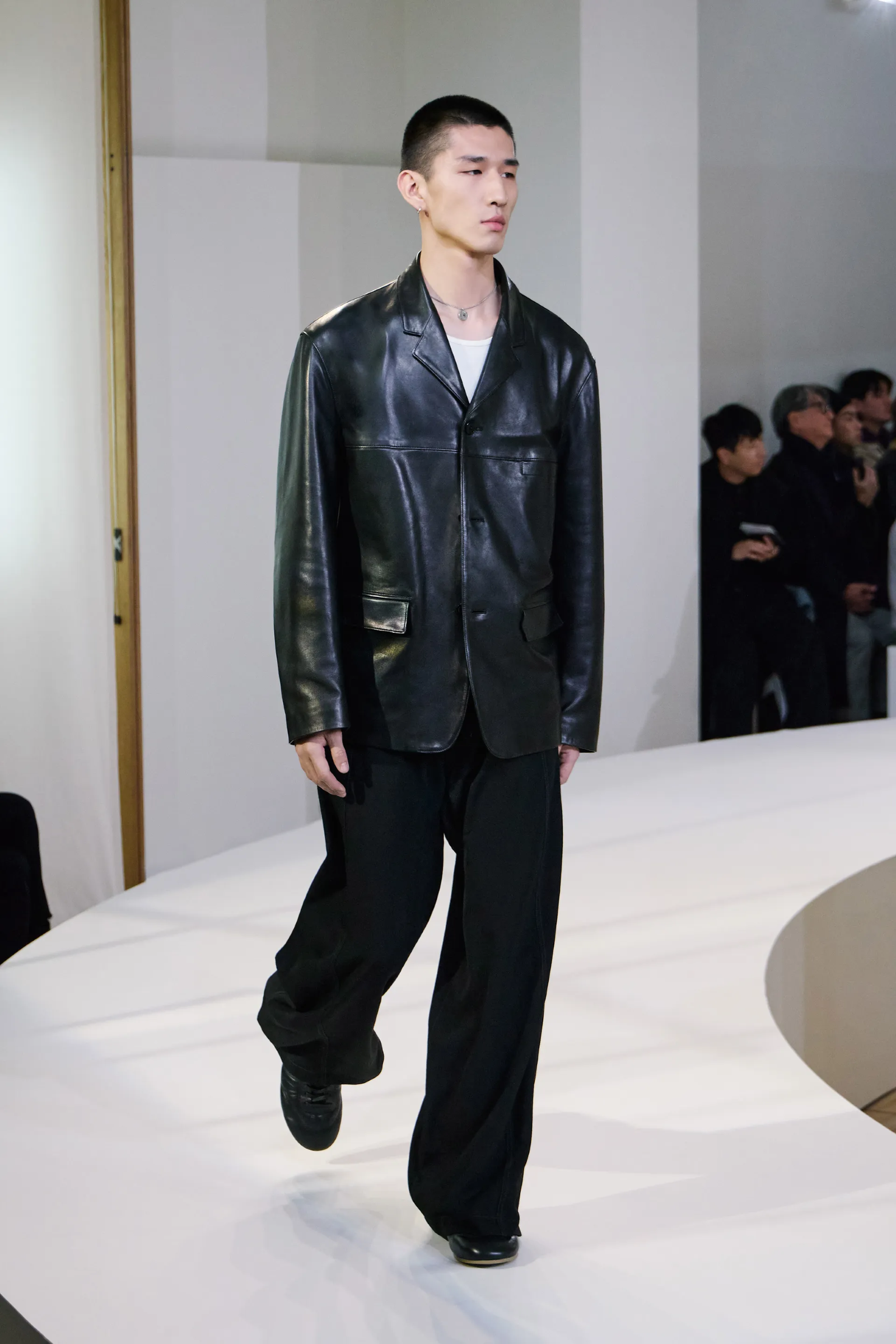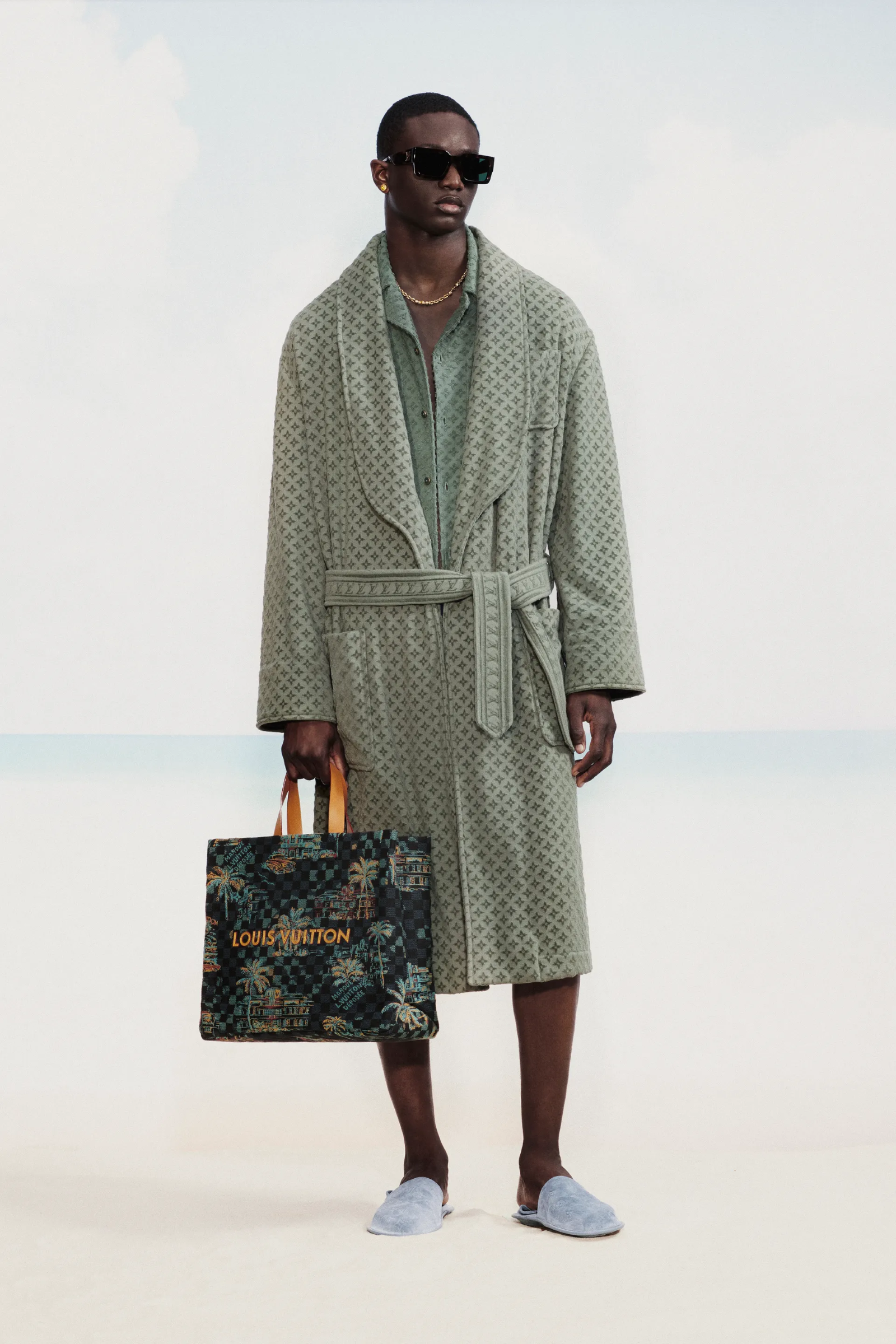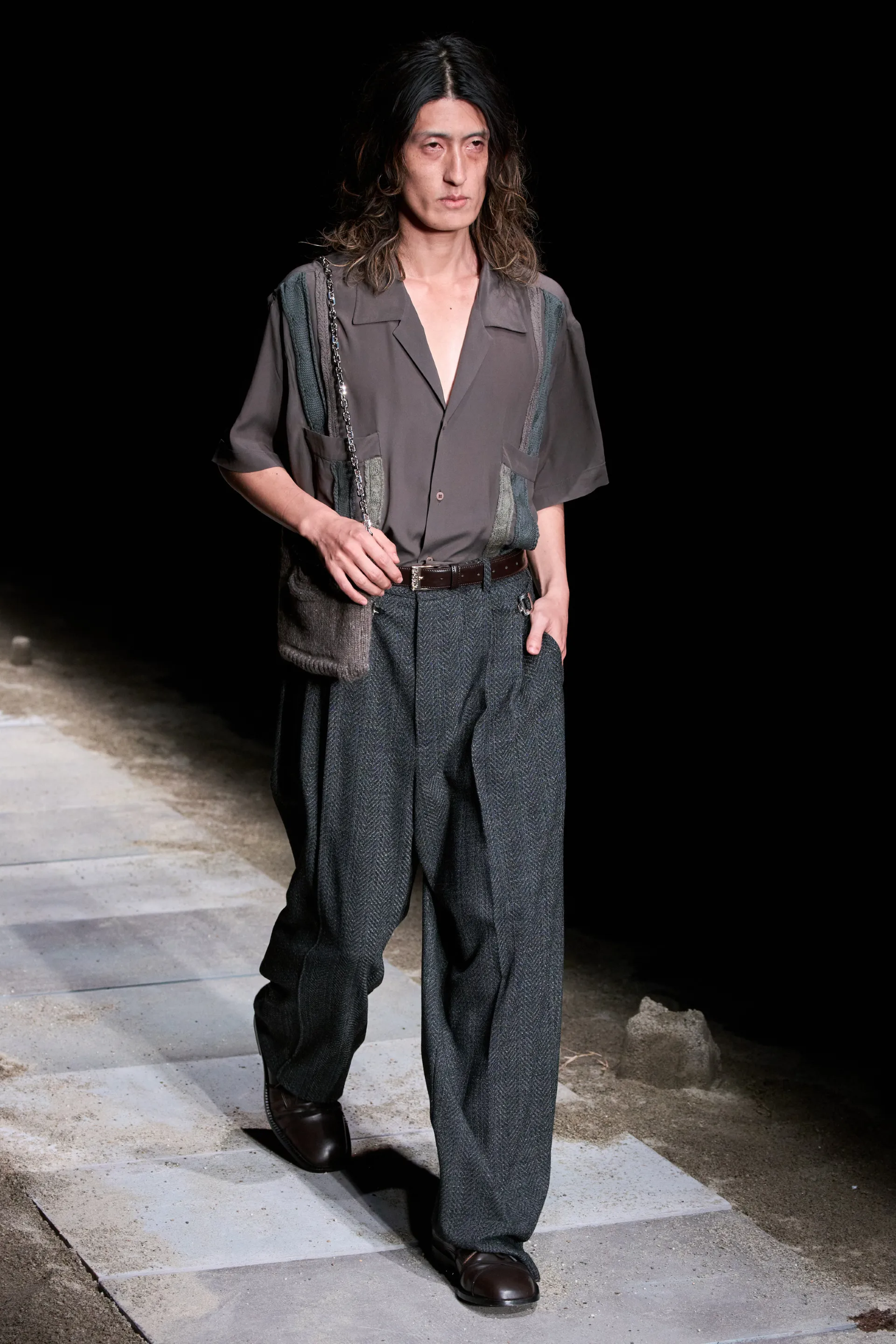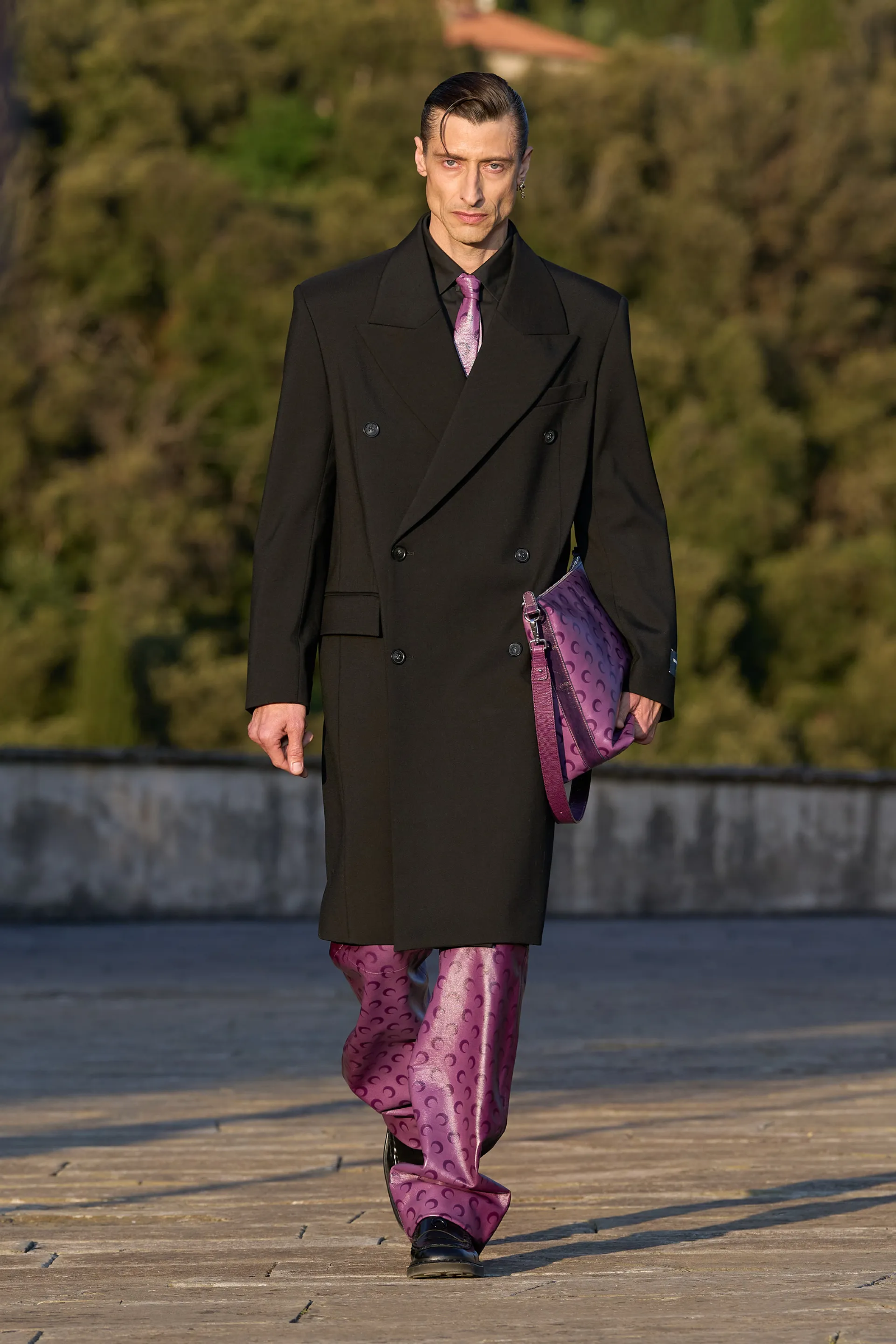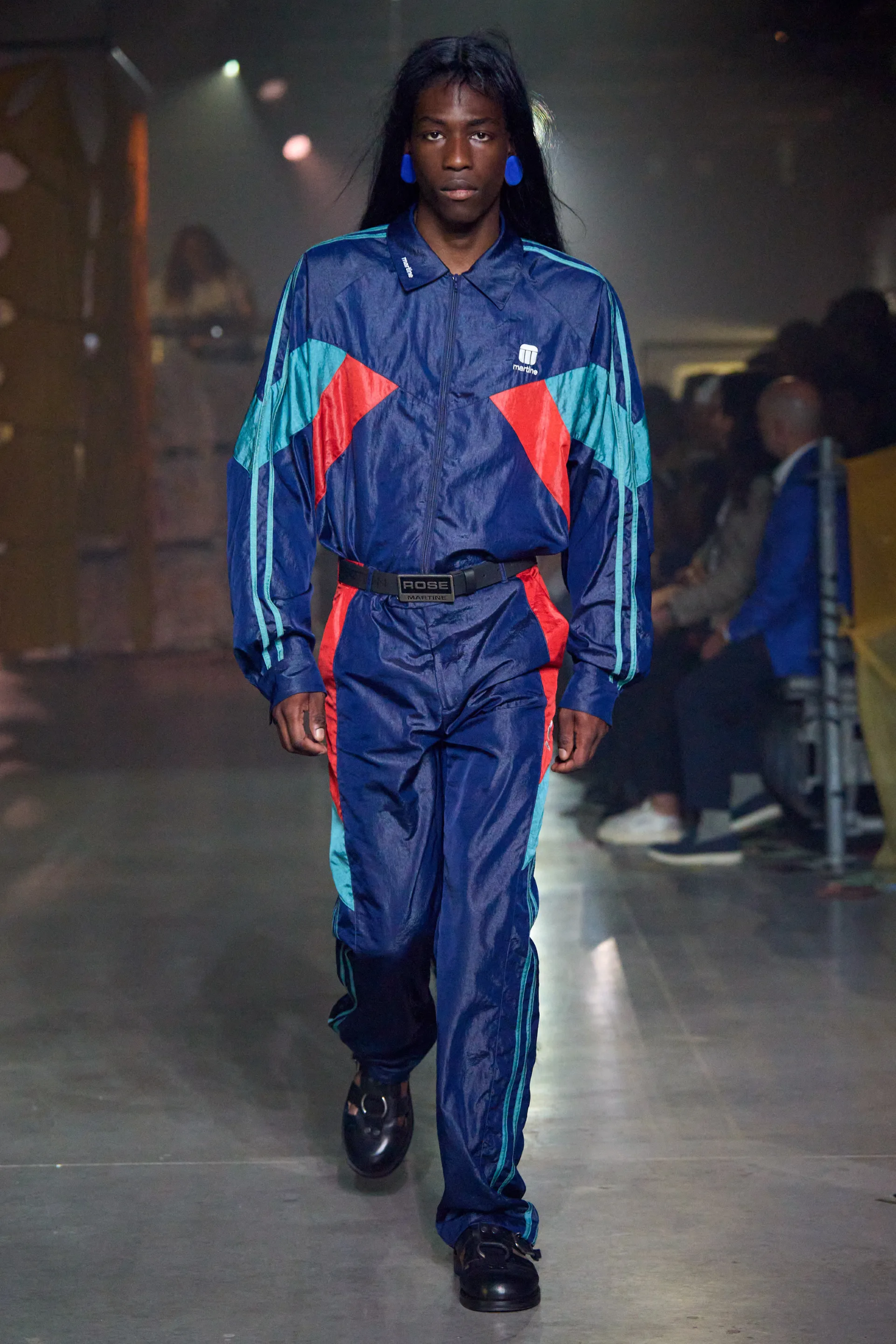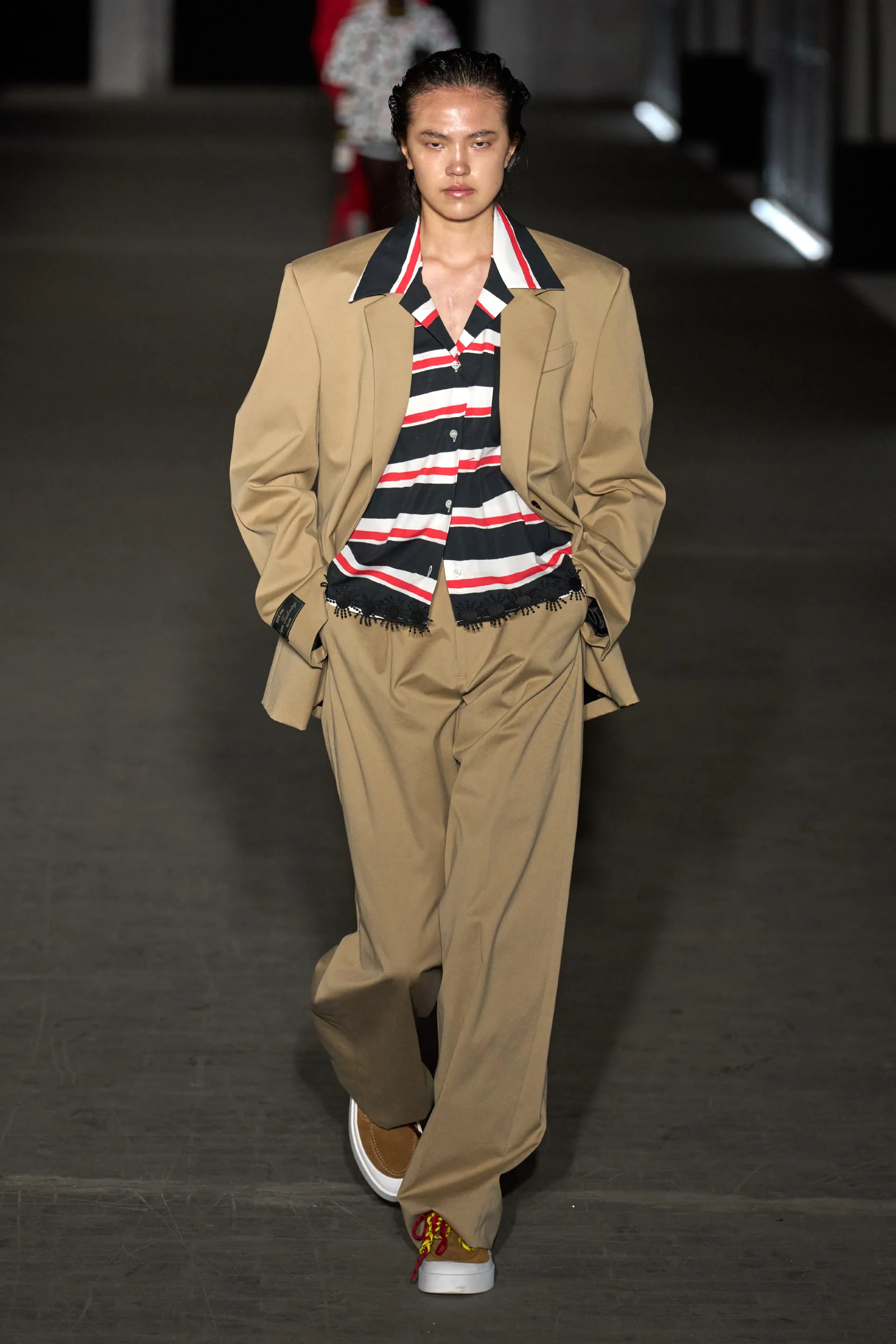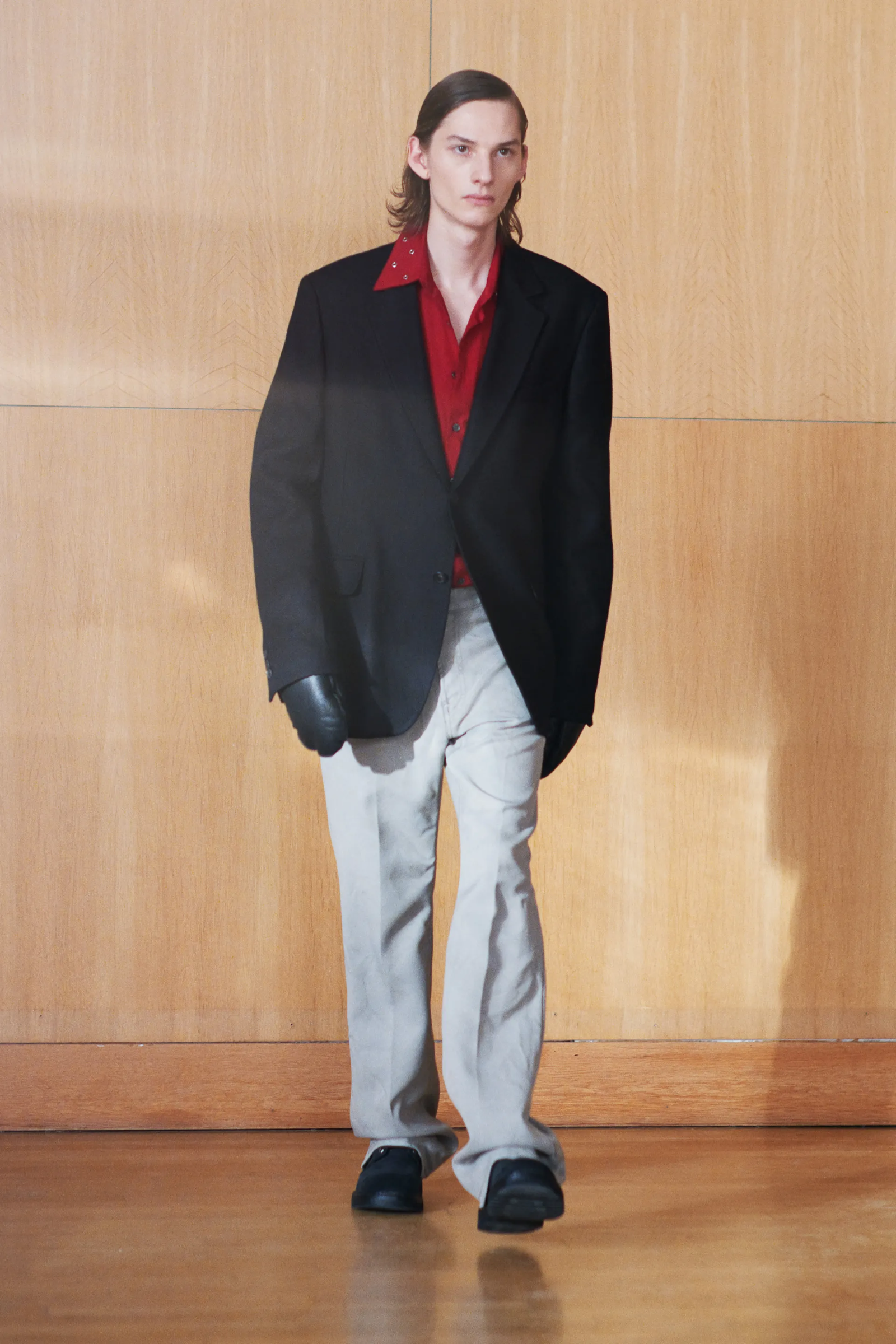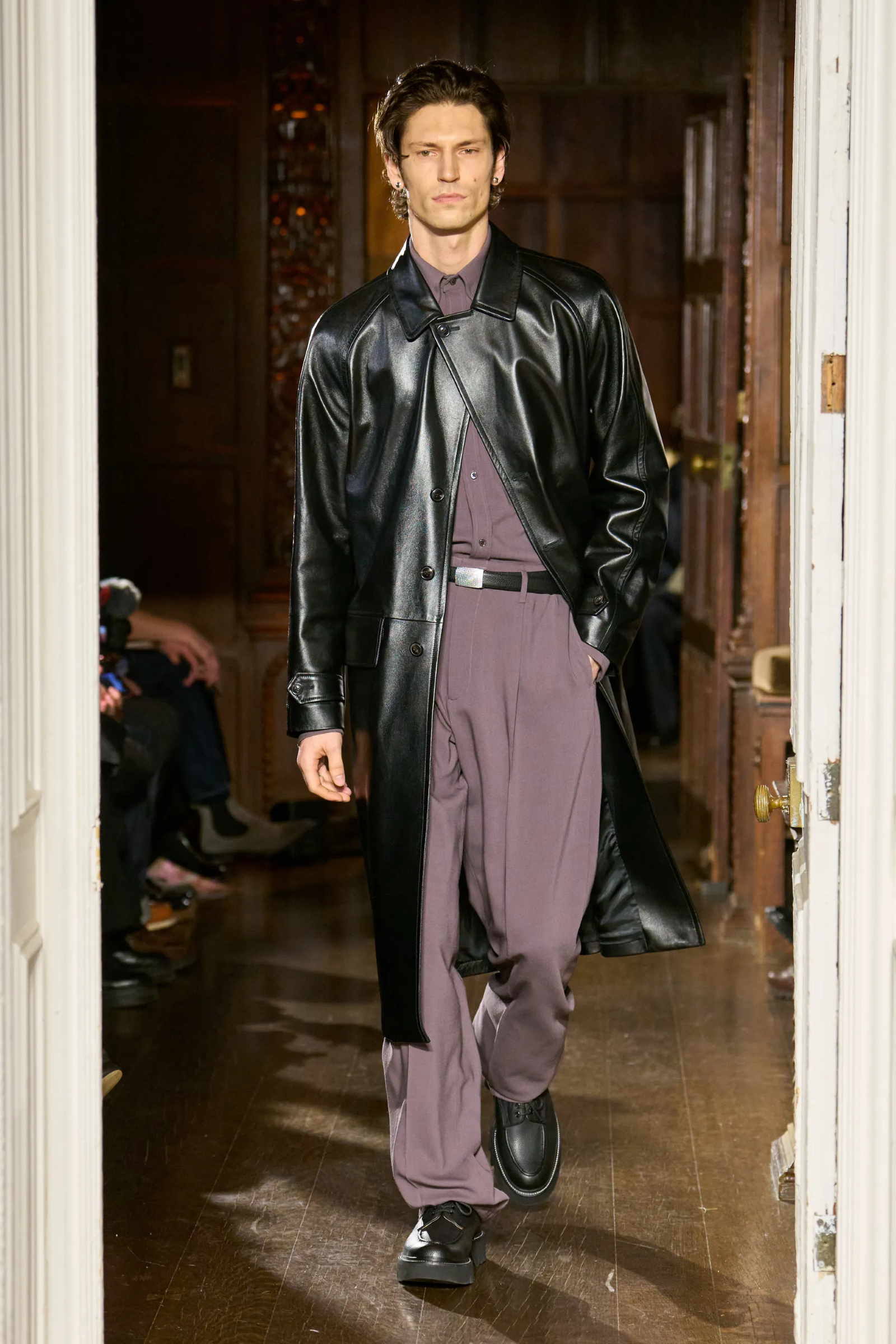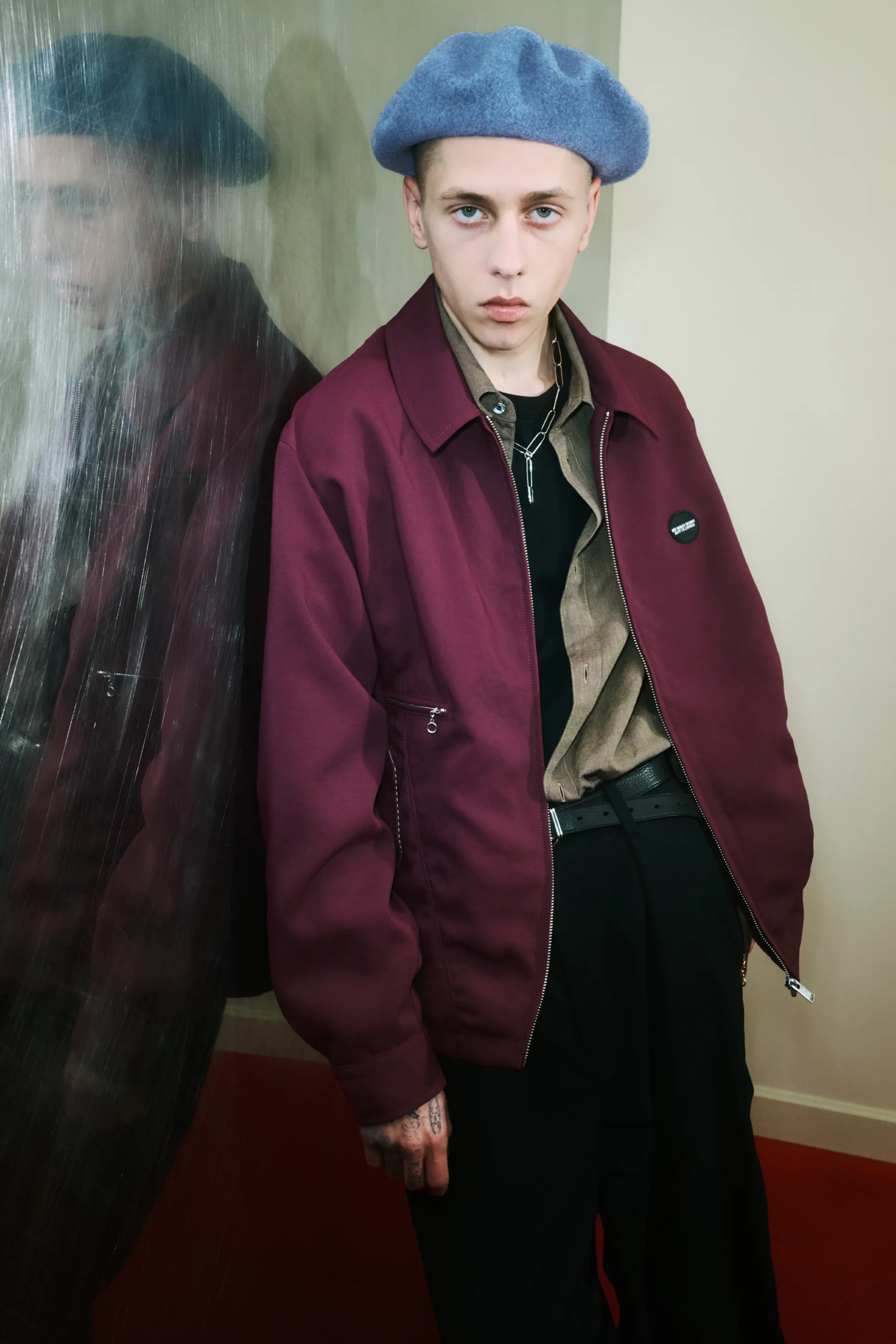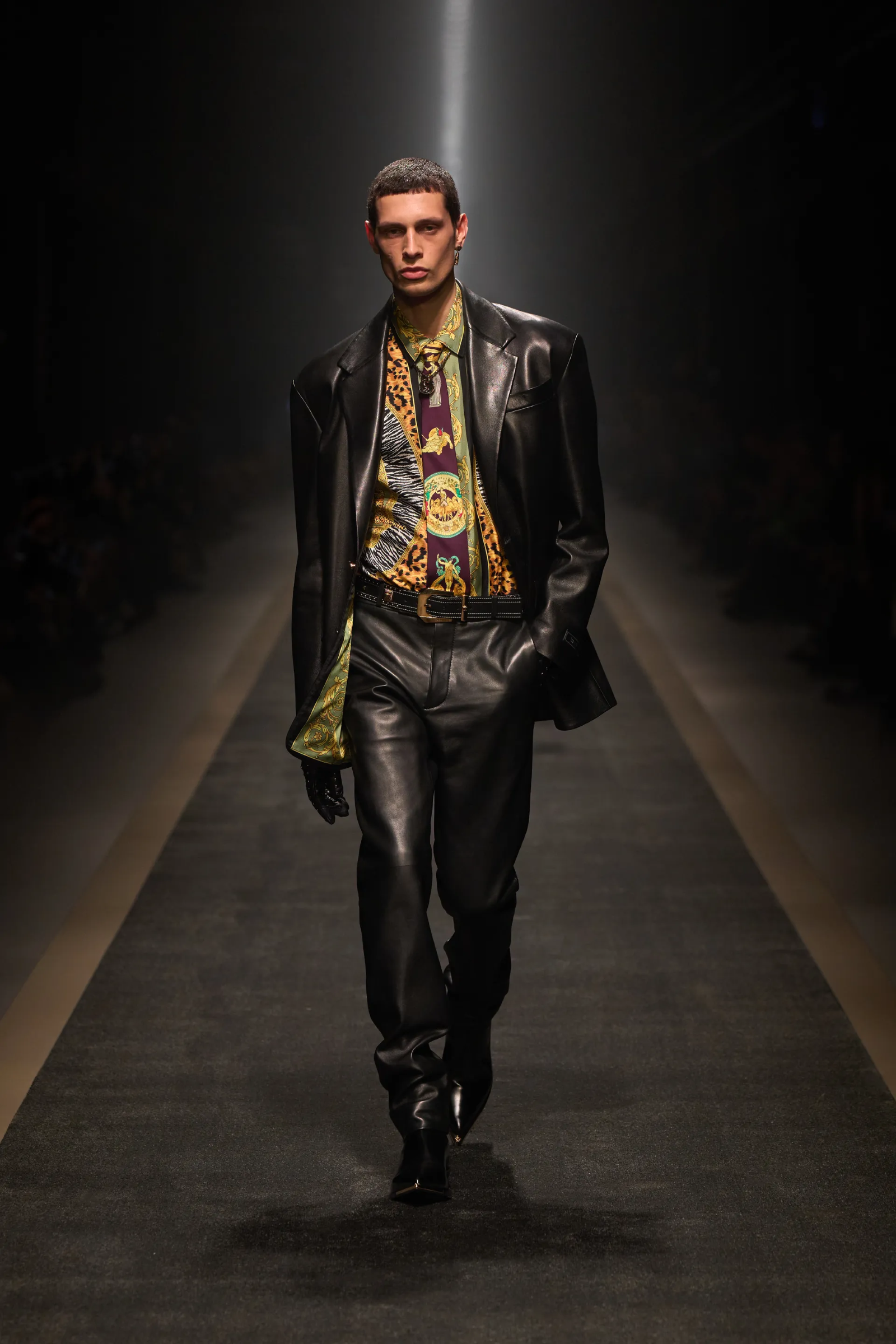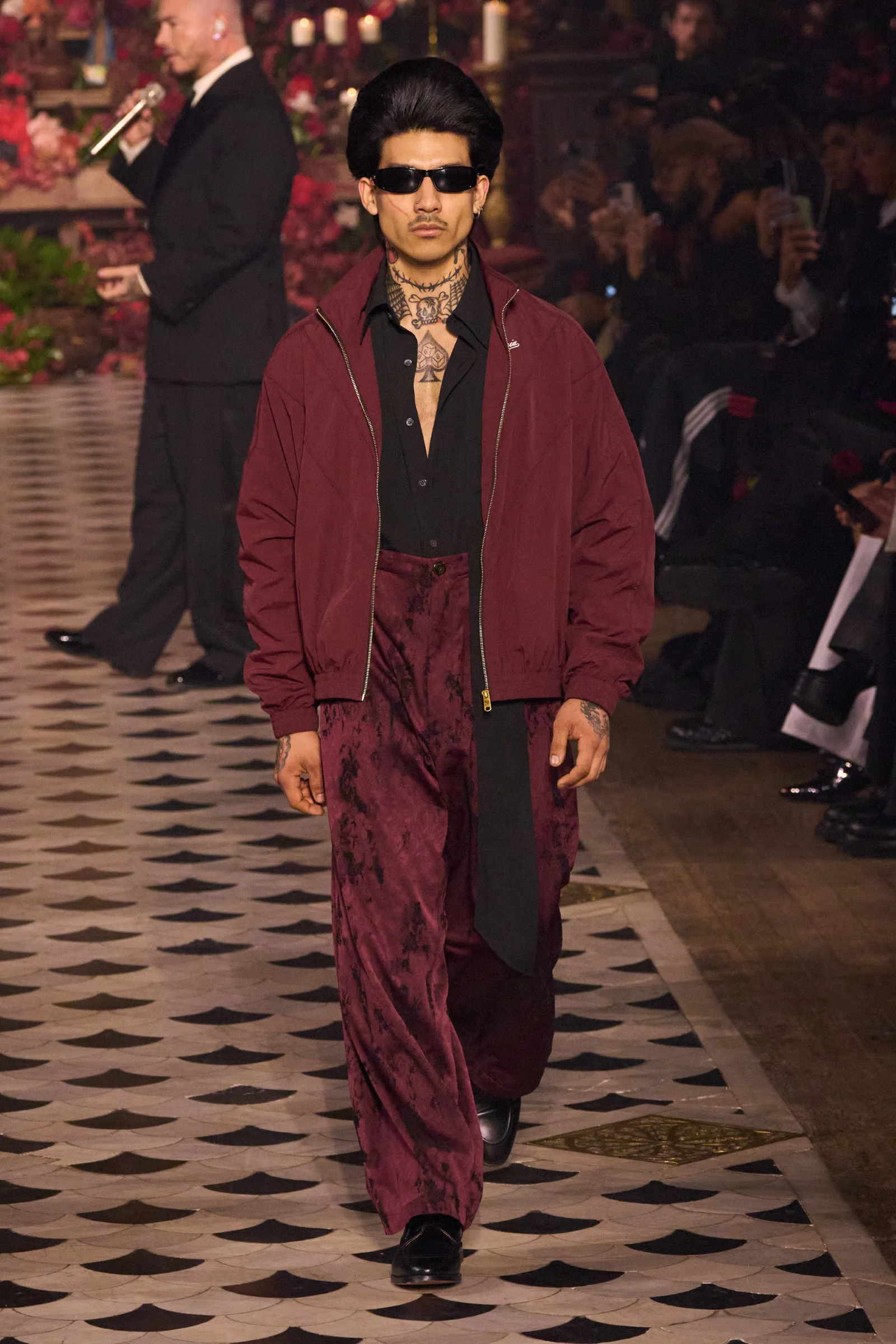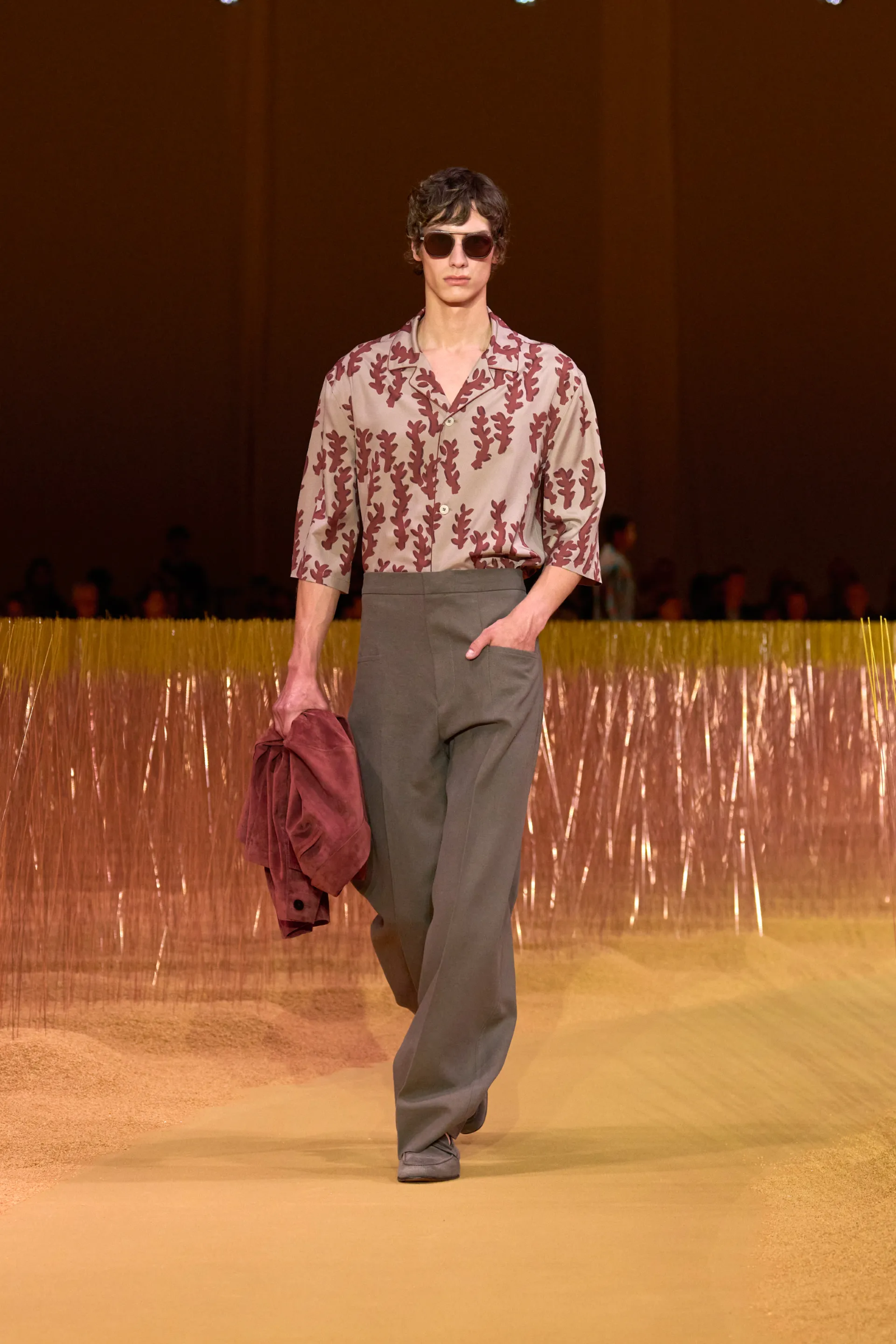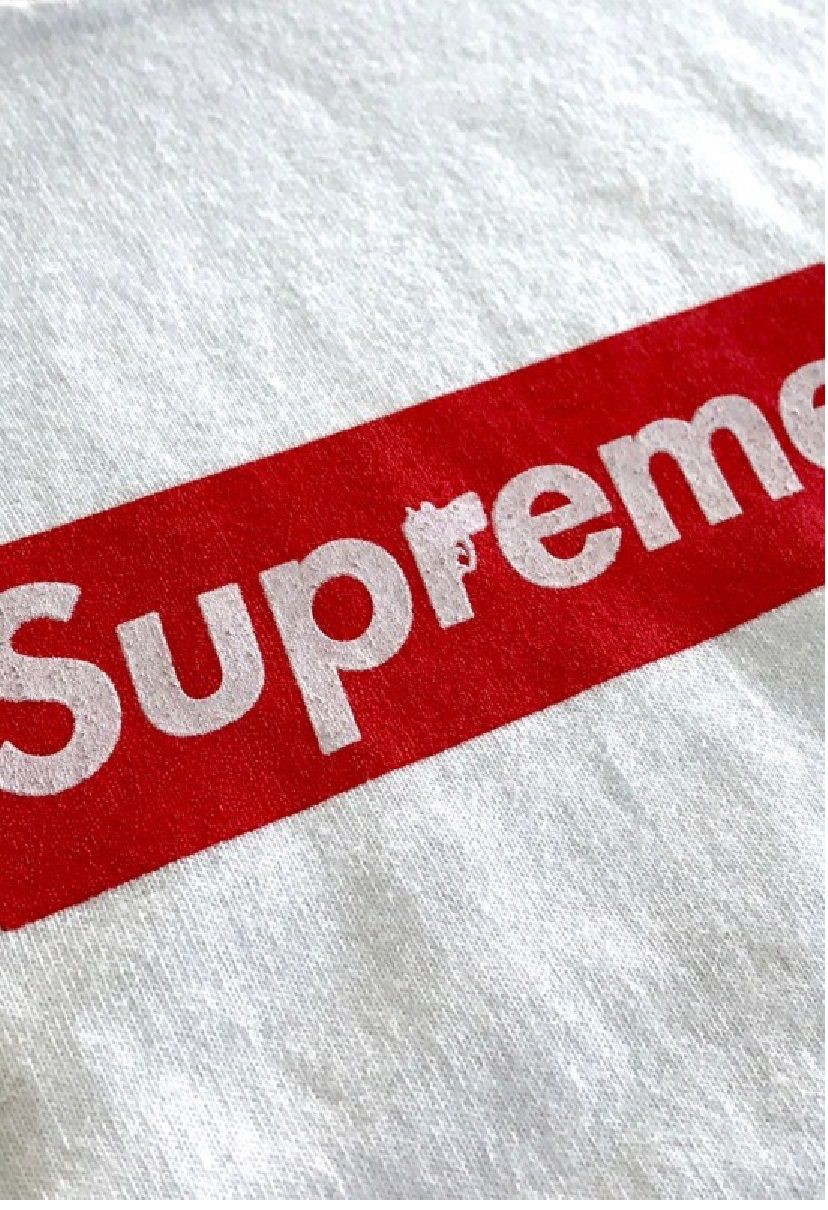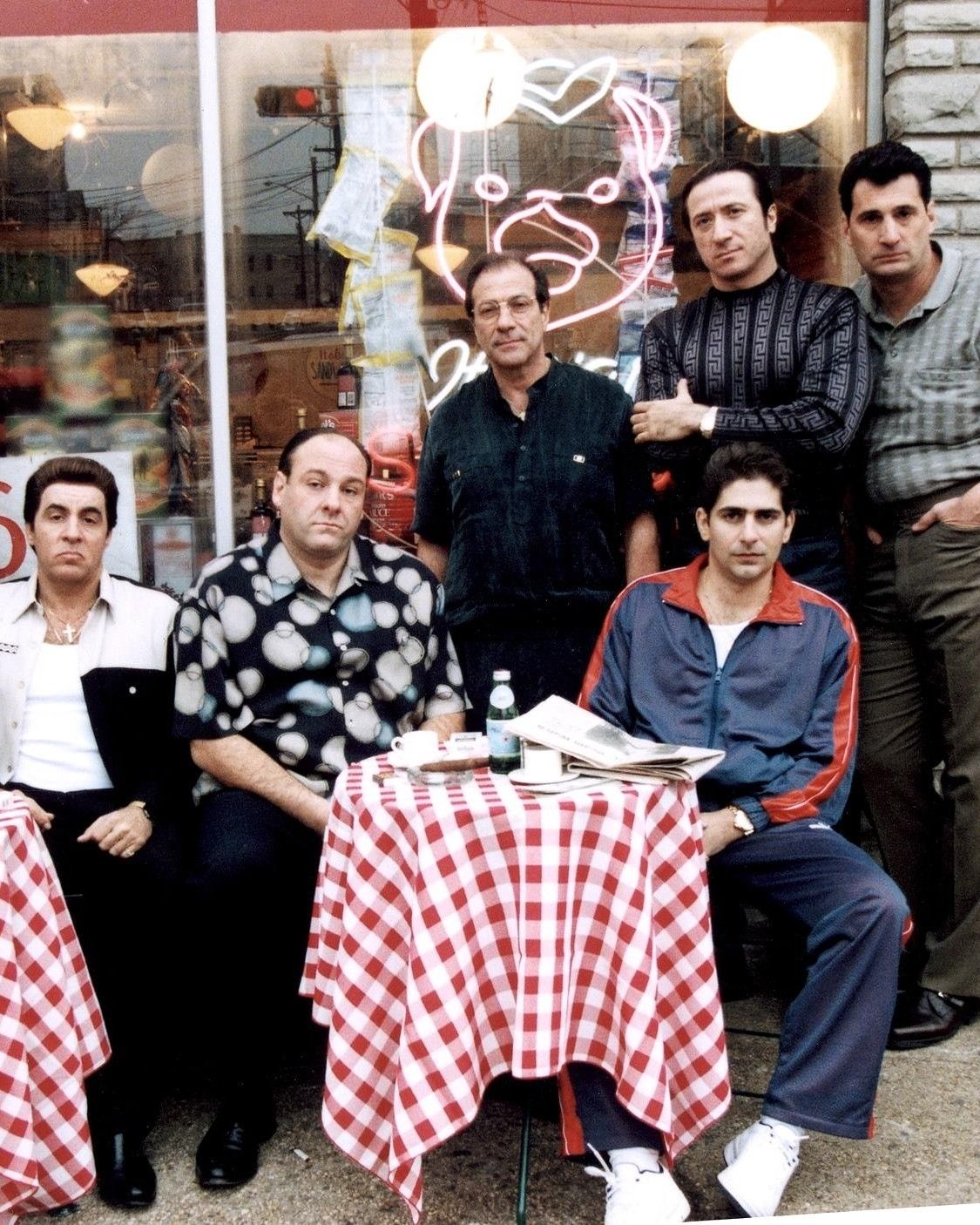
We're all still dressing like "The Sopranos" How the HBO show predicted today's menswear trends
Years after the series ended, The Sopranos remains a cornerstone in the Western collective imagination—a cultural dominance attested, in the Internet age, by the enormous number of memes still featuring Tony Soprano, Paulie Gaultieri, Chris Moltisanti, and Silvio Dante, whose on-screen reactions and expressions are repurposed through humor in a postmodern reinterpretation with which today’s society reflects on itself. But an even more interesting and lasting legacy of the series and its themes (in fact, its darker and more dramatic aspects are less remembered today) is its aesthetic dimension or, if you will, its style. The universe of The Sopranos, namely the provincial New Jersey of the '90s, has its own aesthetic coherence and presence that are both rich and realistic—and what stands out most is the anti-idealistic direction of many of the series’ set and wardrobe choices. This imagery has remained long embedded in the audience’s mind and has represented not so much a lifestyle ideal, but rather an attitude, an entire way of life.
And thus, it has influenced not only the way we refer to The Sopranos but also the evolution of menswear today. Over here in Italy, the aesthetics of The Sopranos have dominated pop culture for reasons actually other than fashion: in fact, in 2001 the font and graphic design of the series' logo was used by Fabrizio Corona for the logo of his own agency Corona's, a name that for almost the entire decade, represented the quintessence of Italian paparazzi culture, gossip, and the era that was internationally referred to as the bling era. Fabrizio Corona himself was perhaps primarily responsible for “translating” into real-world Italian pop culture that style of dress that was both rough and opulent that had made The Sopranos a cult hit.
From furniture to hairstyles and, of course, the show’s incredible wardrobe, The Sopranos never tried to idealize its antiheroes: the interiors and settings, for instance, oscillate between the dated, petty-bourgeois aesthetic that survived the '70s and '80s and the vaguely nouveau riche atmosphere ruling in Tony Soprano’s home. A world that already seemed dated upon its first appearance, lightyears away from the idealized gangsters of the past—and even of its own era—creating a curious feedback loop with the reality it drew inspiration from. The fashion, especially menswear, in The Sopranos not only tells us about the style, aspirations, and taste of a provincial Italian-American gangster, but also represents the most public and pop-cultural link between the "real" '90s style off the runways and the excessive and tacky aesthetic of Jersey Shore that would emerge in a younger key years later: the cocky Italian-American in a tank top, slicked-back hair, gold rings and chains, living on the edge between traditional elegance and deep vulgarity. A style that, once forgotten, has made a comeback as the traditional codes of classic menswear learned to coexist with the identity and needs of men in the post-streetwear era, where the search for more classic clothing met a preference for generous silhouettes and nostalgic touches. But before understanding how The Sopranos' style survives today, on and off the runways, we need to identify its key elements.
Dressing Like a ‘90s Gangster
The reason why Tony Soprano looked cool is because he wore high rise, double pleated trousers with a slightly fuller leg that ended in a gentle single break. No one talks about this. pic.twitter.com/xivEzyylso
— derek guy (@dieworkwear) May 23, 2024
In the early episodes of the series, a very telling event occurs: Tony’s crew robs a truck transporting various goods, including a rack of tailored men’s suits, which the main members of the gang are eager to divide among themselves. These suits, which are grey power suits, have a vaguely outdated and “heavy” vibe compared to what was trendy at the time and thus reflect a somewhat outdated notion of elegance—not particularly needed for gangsters whose official fronts are a waste management business and a rather disreputable strip club. Nevertheless, these slightly old-fashioned suits sit at one end of a stylistic spectrum shared by all the characters in The Sopranos—at the other end are everyday outfits like tracksuits and short-sleeve shirts worn almost as uniforms. Tony Soprano is somewhat of a centrist in this spectrum, being the boss, with a wardrobe more elevated than his criminal peers, while all other characters dress in tracksuits and tank tops, gold chains, velour tracksuits, loud shirts and ties as excessive as their teased hairstyles. The black leather blouson is ubiquitous, seen on every character. Shoes are generally leather—either Tony’s Allen Edmonds Oxfords or various loafers like Paulie’s stark white ones.
@pauliexsirico Paulie’s Outfits S01E01 #tonysirico #paulie #pauliewalnuts #pauliegualtieri #thesopranos #sopranos Gangsta's Paradise (feat. L.V.) - Coolio
Their style is highly aspirational, shifting from the unpretentious, everyday vibe of acetate tracksuits worn for casual occasions to becoming suddenly overloaded and hyper-decorative at formal events—which, by the way, are never in short supply. Formal elegance isn’t without its flourishes: almost every character in the series indiscriminately loves wearing dark shirts and ties with lighter suits; in other cases, the same formula appears with very bold color blocks, lavish ties and gold tie bars, under grey or black suits. The idea is that even in formal contexts, their taste for loud colors and ostentatious displays of wealth is always present. A notable example is the iconic character of Furio Giunta, perhaps the closest to a classic New Jersey “Guido,” with long hair straight out of a romance novel and a collection of Versace shirts (possibly even some Roberto Cavalli, though that’s unconfirmed) which reflect his status as a European gangster more than his humble overseas counterparts. Shirts that contrast with the rest in the series: old-fashioned, decorated with dark-colored, very ’70s patterns that might be tropical or feature the kind of geometric designs and hues we now associate with tour bus upholstery. All these elements together created a “collective” wardrobe open to many variations but with very defined boundaries—a wardrobe whose influence can still be seen today in contemporary fashion, as shown by
The Sopranos and Fashion: Muses and Authors
Compared to today’s menswear, the wardrobe of The Sopranos, with its often dark colors, heavy or overly plain silhouettes, and its persistent air of hyper-traditional masculinity, might seem antithetical. But that’s not entirely true. Not only because the hyper-masculine world of The Sopranos is paradoxically ambiguous—with its silk shirts, tone-on-tone outfits, occasional bursts of pastel colors, a mania for gold decoration and jewelry—but also because, twenty years after airing, after these style codes became a stigma linked to the loud and vulgar “Guidos” of New Jersey, they have resurfaced in a post-streetwear and post-preppy world where a track jacket can be worn with a shirt and tie, and where a white tank top under a bowling shirt, paired with generous doses of gold jewelry, is no longer tacky but has, so to speak, come full circle and become ironically elegant. In an era of late-stage, frantic capitalism, flaunting an ironically “tacky” aesthetic—whether it’s workwear or more vintage-inspired outfits—is the most aristocratic thing of all. In this sense, a direct line of descent can be traced from the gangsters in Fila and Sergio Tacchini tracksuits in The Sopranos through the last twenty years to the work of Demna, Martine Rose, or Willy Chavarria, and even to the modern “maranza” subculture—with due differences, of course. Even AJ Soprano’s nu-metal style, Tony’s son, finds matches and admirers today—and stands far apart from the family's general look.
Nominally, The Sopranos as an intellectual property has appeared in fashion history through a single streetwear collaboration with Kith in 2021. But for years (while researching for this article, we found fashion-themed articles on The Sopranos dating back to 2002), their stylistic universe has fascinated the world. Over the years, it can’t be said that there have been fashion collections that directly borrowed from The Sopranos, but many collections and brands have embroidered on that aesthetic: among the closest in style were Gianni Versace’s menswear collections from the ’80s and ’90s, which surely provided some inspiration to the costume designers; while for collections contemporary to the series, faint parallels can be drawn. Dolce & Gabbana, for example—especially their FW95 menswear collection, full of suits and knit polos, and also the SS03 collection, presented at the peak of the series’ popularity; but also Prada’s SS05 and SS08 collections, a brand not typically associated with The Sopranos, yet which included several vintage-print tops worn with suits. In general, menswear of that time did not engage particularly with television, and the entire charm of The Sopranos wardrobe was based precisely on the concept of authenticity and thus reflected reality—their influence on fashion only emerged when enough time had passed for the audience to view the series through a nostalgic lens and appreciate its modernity.
Traces of this influence can be found more easily not only in the style promoted by pages like @uniformdisplay, where preppy and utility aesthetics meet in a triumph of oversized trousers, brightly patterned shirts, track jackets worn with tailored pants, loafers paired with jorts, and so on; but also in the collections of recent seasons where the original hyper-masculine spirit of The Sopranos style has become a tool for deconstructing masculinity itself. In recent seasons, for instance, we’ve seen a strong comeback of Tony Soprano-style shirts, even from unexpected brands like Hermès or Zegna, where these shirts or knit polos were the protagonists of the SS25 shows, as well as from brands more accustomed to flashy aesthetics like Dolce & Gabbana, Amiri, MSGM, and Aimé Leon Dore. Other brands such as Magliano or Our Legacy, but also Marine Serre, Casablanca, or the Mexican label Campillo, have brought to the runway wide grey suits paired with contrasting or even leather underlayers, seeking that almost tactile sense of “aged” texture that’s found in many of the suits seen in episodes of The Sopranos. At Louis Vuitton’s Pre-Fall 2025, there was a bathrobe Tony would have surely worn. Even strict leather blousons and blazers had their moment, especially at Versace, combined with colorful silk shirts, at Dsquared2 and Lemaire, but above all at LGN – Louis Gabriel Nouchi, who also had a plus-size model wear his leather jacket, with a physique that mirrored that of the show’s main characters. But perhaps it was the track jacket that emerged as the hottest item: naturally seen at Balenciaga and Martine Rose – but most notably at Willy Chavarria, a designer whose sensitivity and masculine silhouettes would be perfect for a modern remake of The Sopranos.




